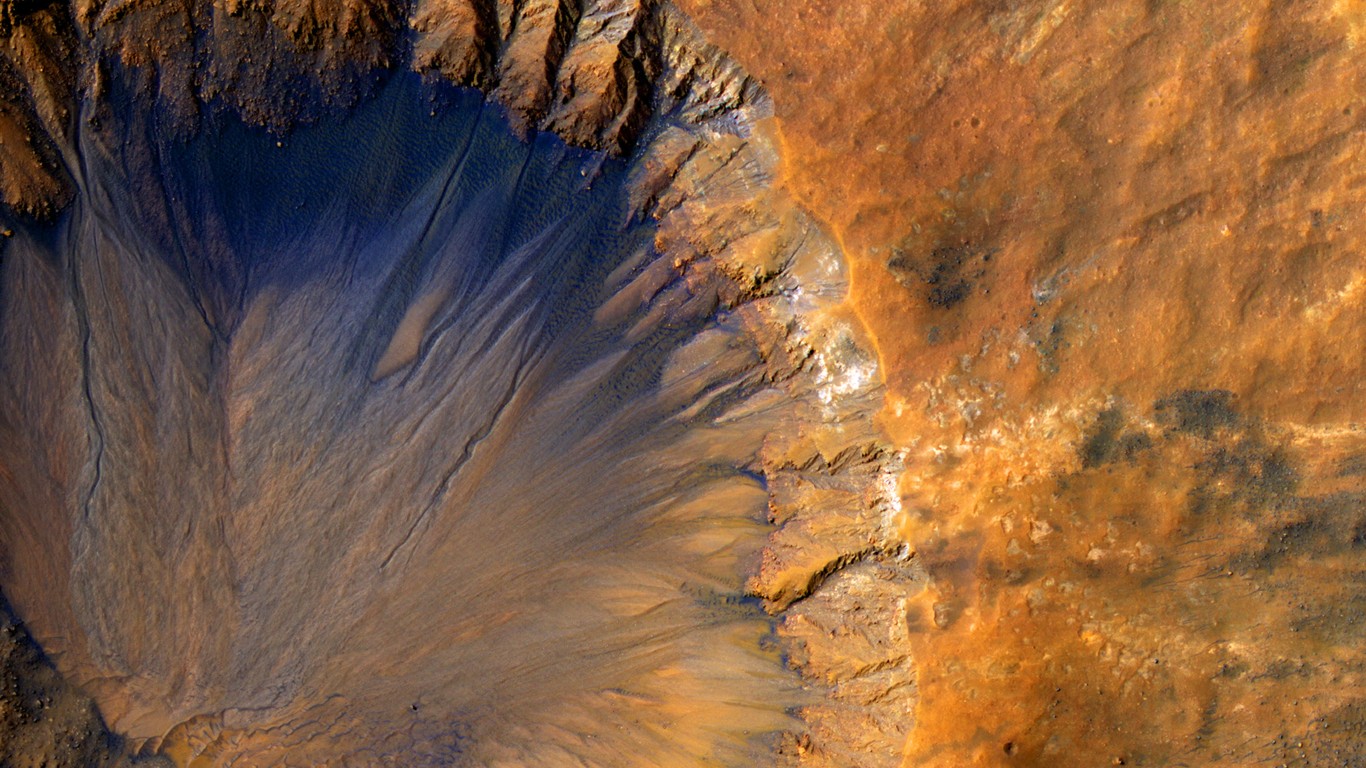
Perhaps the most commonly reproduced photograph in human history is known as “The Blue Marble Shot.” The famous photo, taken from the Saturn V Rocket in 1972, was the first and only photo taken by a person that showed Earth in its entirety. (Can you answer these real “Jeopardy!” clues about planet Earth?)
Humans have long been fascinated by the night sky, gazing out onto stars, planets, and other celestial bodies. It is only recently that technology has allowed us to get a closer look at what is happening in the rest of our solar system. Innovations from NASA have allowed us to see, in great detail, the rings around Saturn, the swirling red storms covering Jupiter, and the fantastic mountains and craters of Mars, among other things.
24/7 Tempo reviewed the NASA image library to compile a collection of incredible photos of other planets and their moons. Many of these photos are dazzling in their otherworldly beauty. Natural phenomena on other planets like the acid clouds of Venus or polar storms on Saturn are completely unlike anything found on Earth.
Click here to see incredible NASA photos of other planets
Beyond their beauty, these photos also contain important pieces of information for scientists about the solar system. For instance, images of Mars have given researchers clues about the Red Planet’s geological past and potential water features, and, most importantly, about the possibility that it could sustain life. (Here’s why scientists think there is life on other planets.)
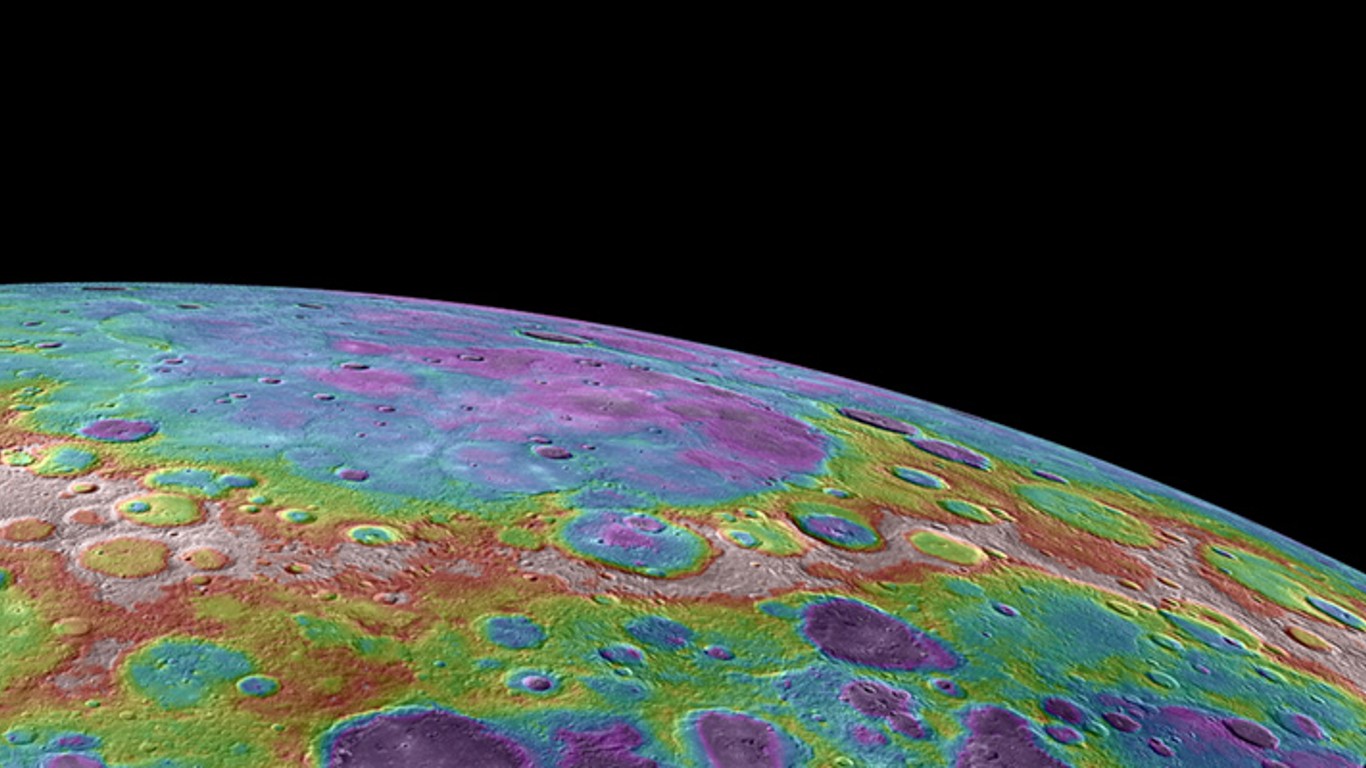
1. Lowlands in Mercury’s north
> Planet: Mercury
A perspective view, looking towards Mercury’s north and colorized by the topographic height of the surface.
[in-text-ad]
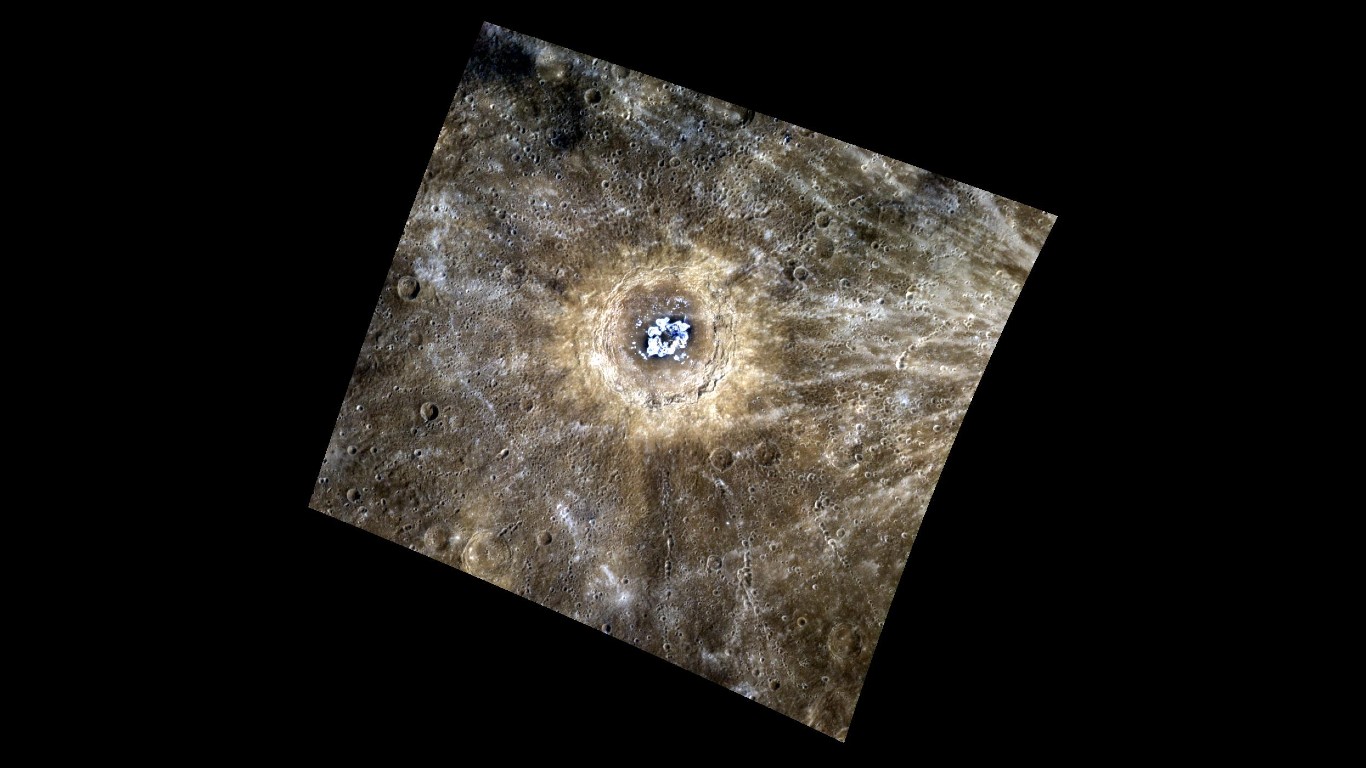
2. Cat’s Eye crater
> Planet: Mercury
The Eminescu crater on Mercury is illuminated by a bright halo of material around its edge.
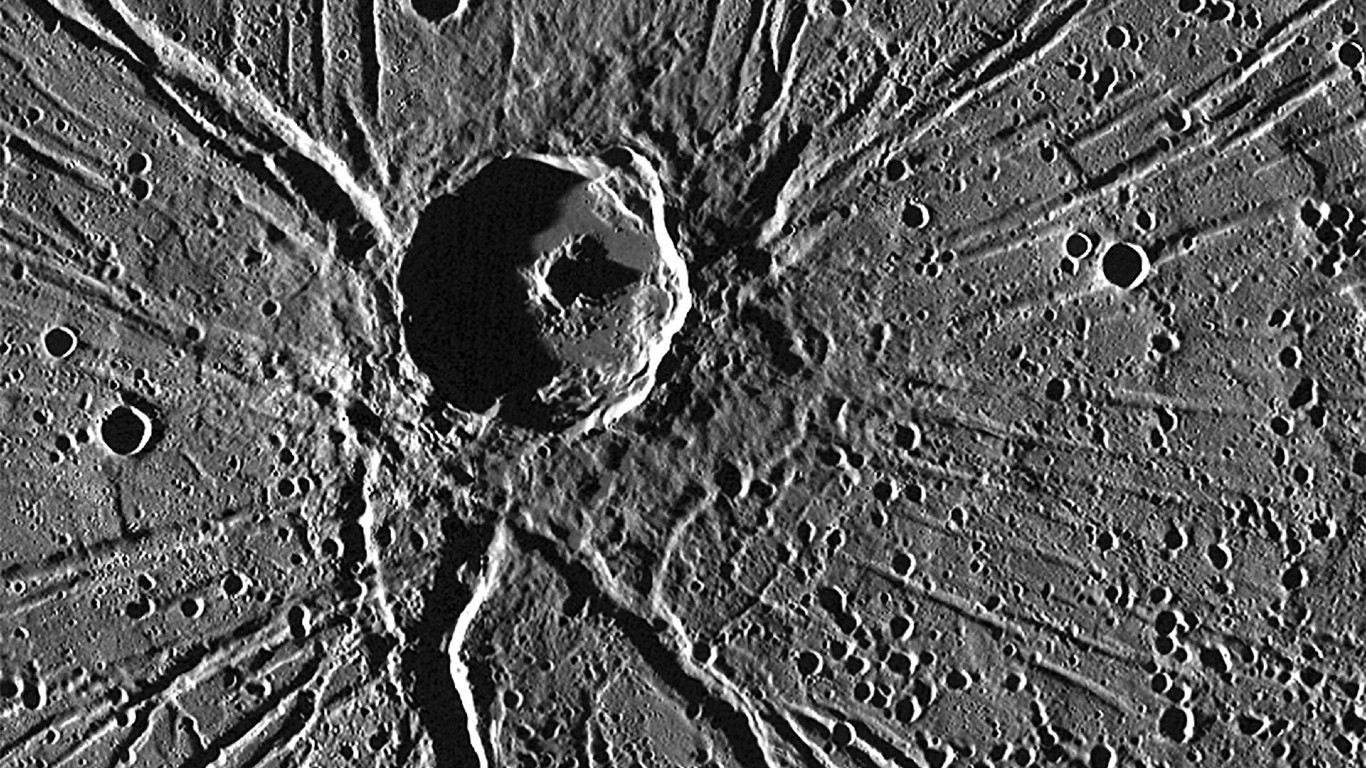
3. The crater Apollodorus
> Planet: Mercury
The photograph of this crater, nicknamed “the spider,” was one of the most striking images captured by the Messenger satellite.
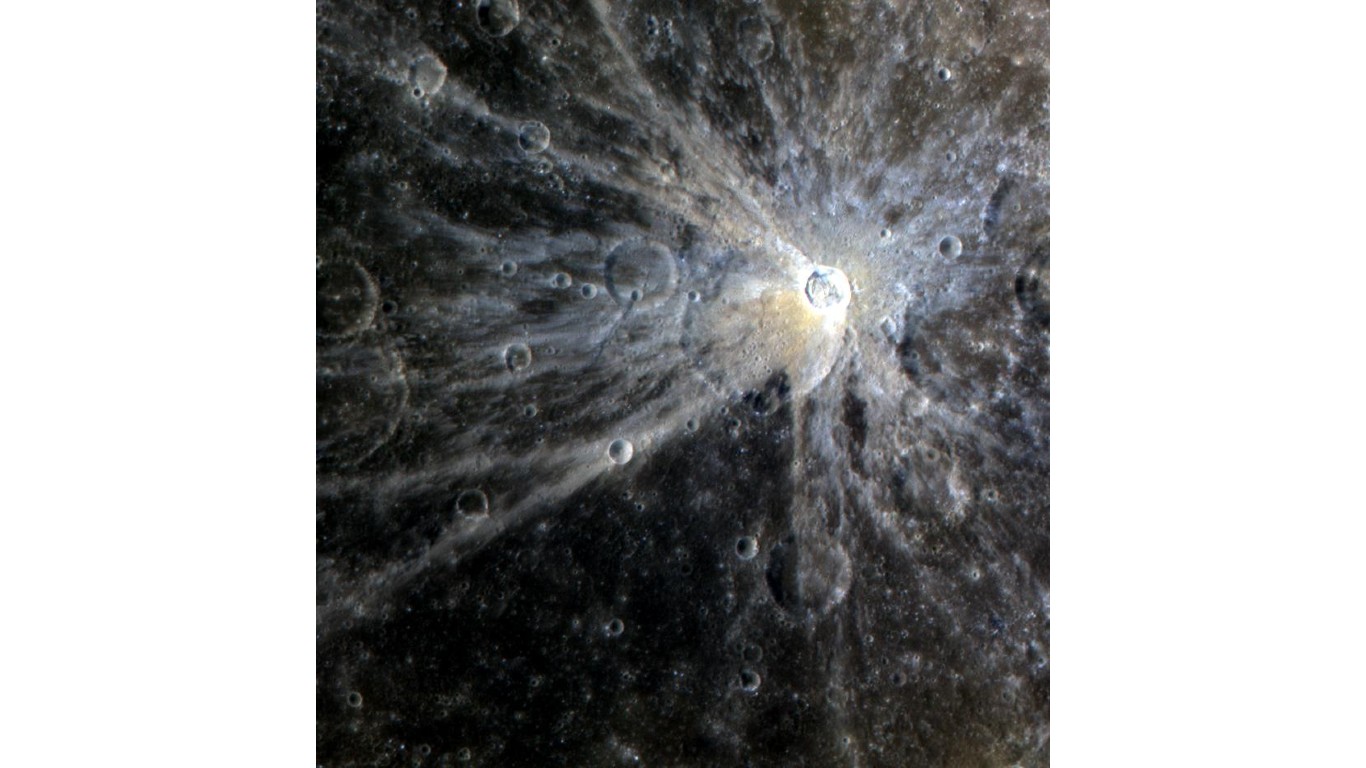
4. The bright rays of Mena
> Planet: Mercury
The young rays of Mena crater contrast brightly against the surrounding surface.
[in-text-ad-2]
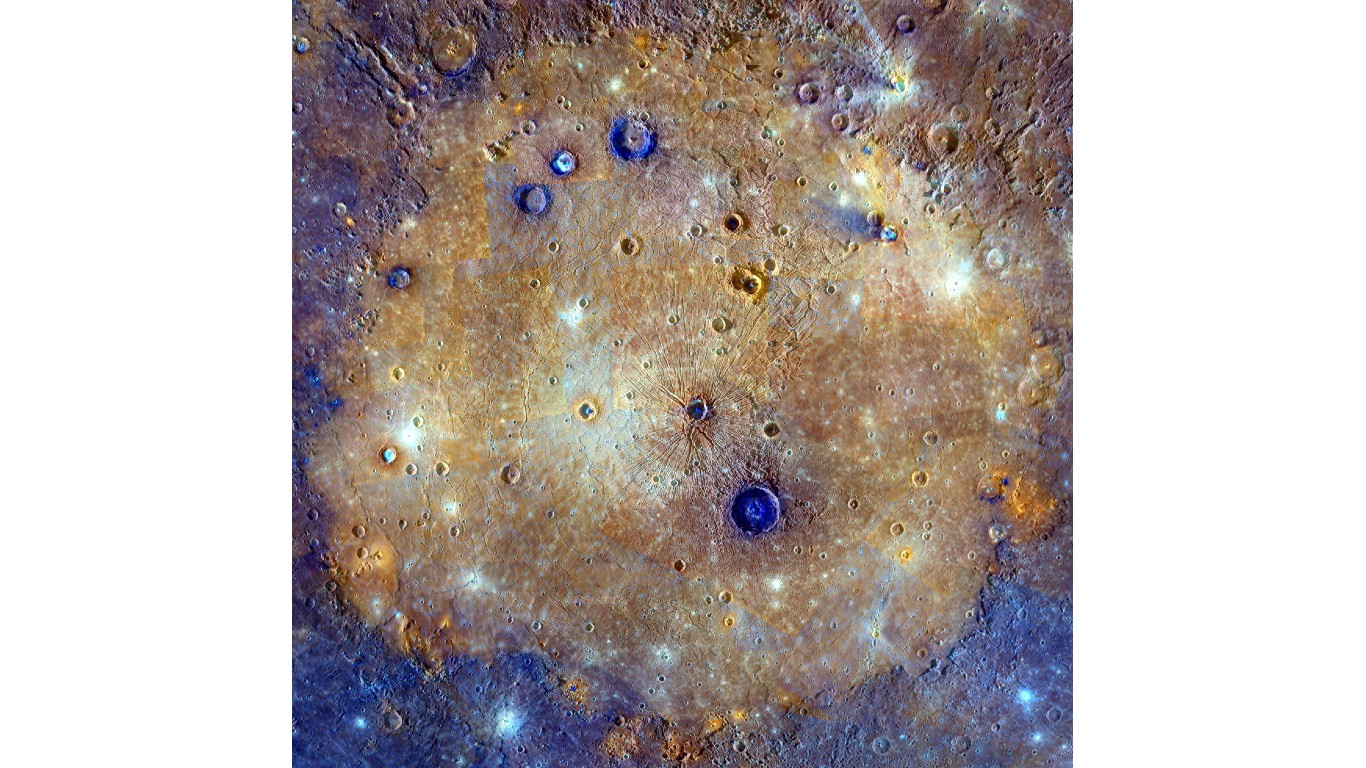
5. Mercury’s Caloris Basin
> Planet: Mercury
This mosaic of Caloris basin is an enhanced-color composite overlaid on a monochrome mosaic.
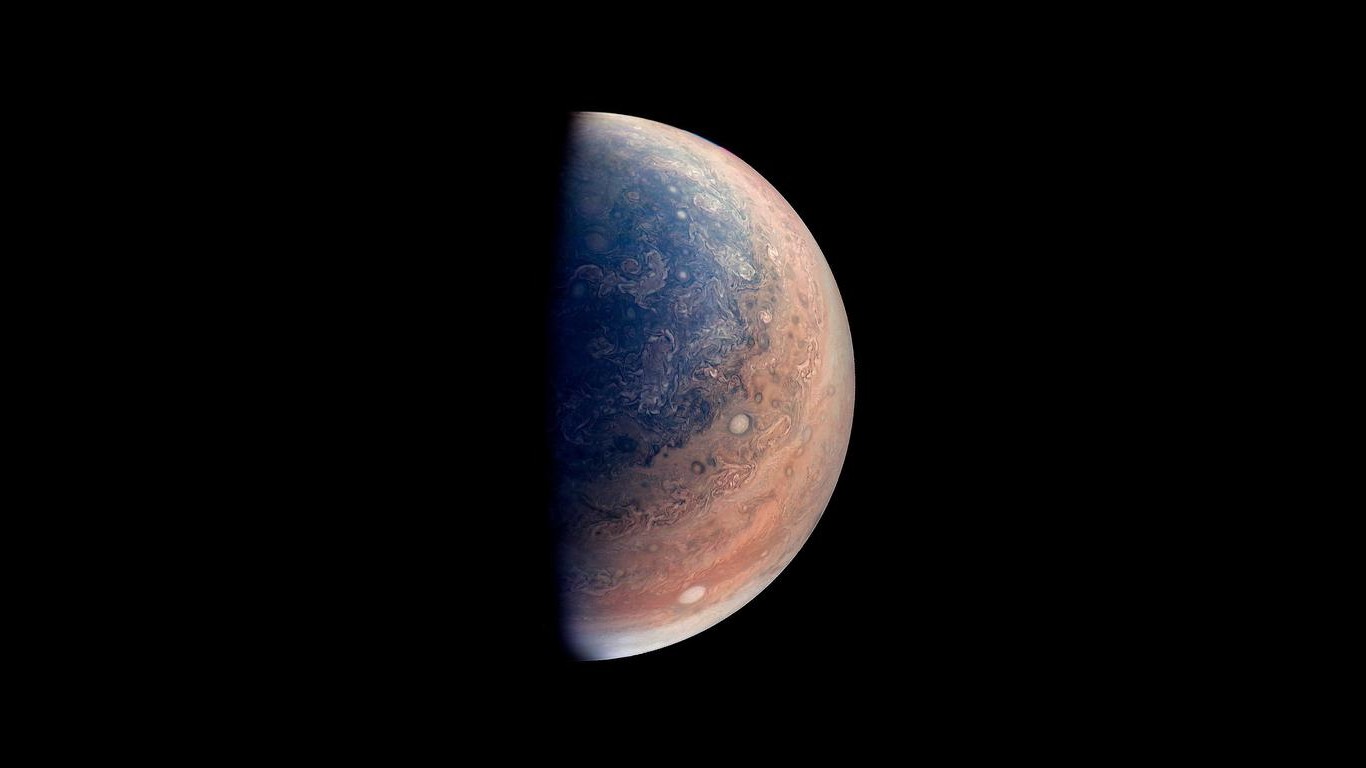
6. Approaching Jupiter
> Planet: Jupiter
A view of Jupiter’s south pole.
[in-text-ad]
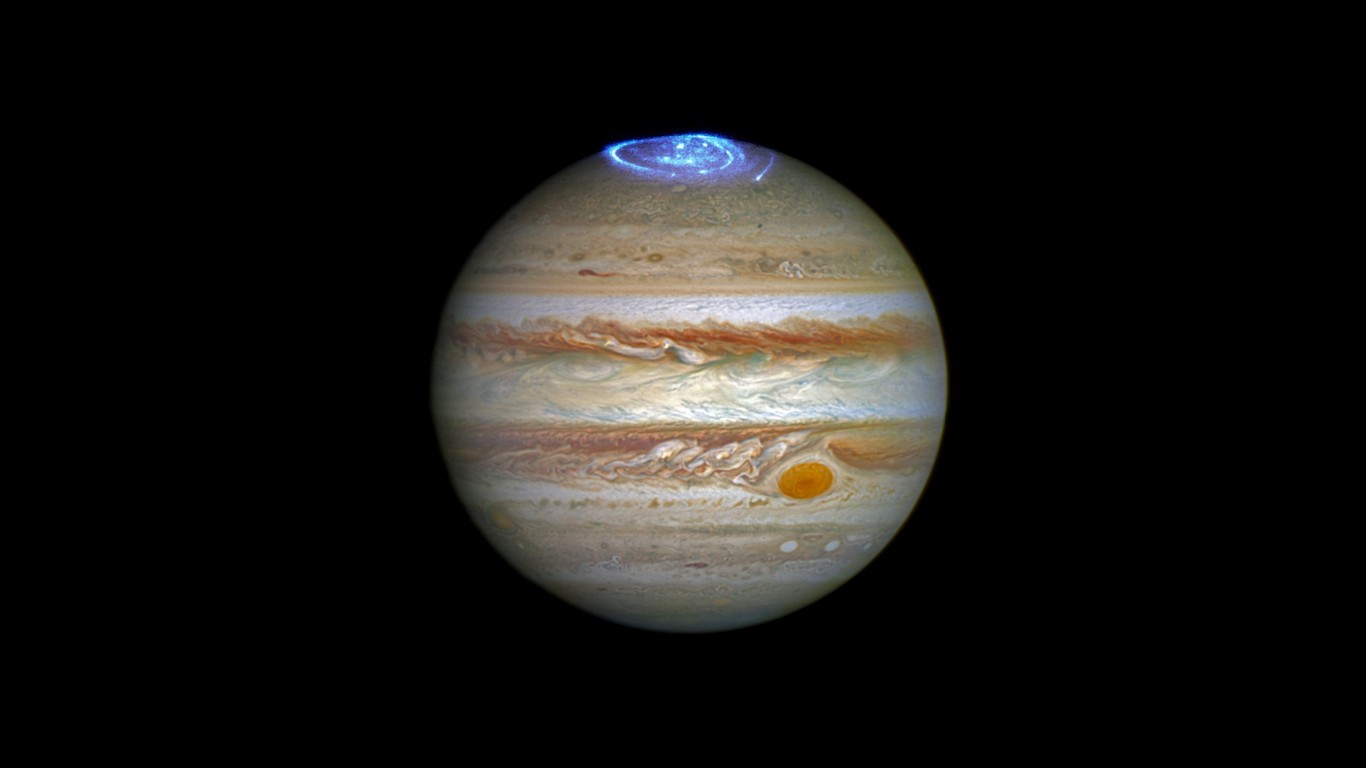
7. Vivid Auroras in Jupiter’s atmosphere
> Planet: Jupiter
Auroras – stunning light shows in a planet’s atmosphere – appear on the poles of the largest planet in the solar system, Jupiter.
[in-text-ad-2]
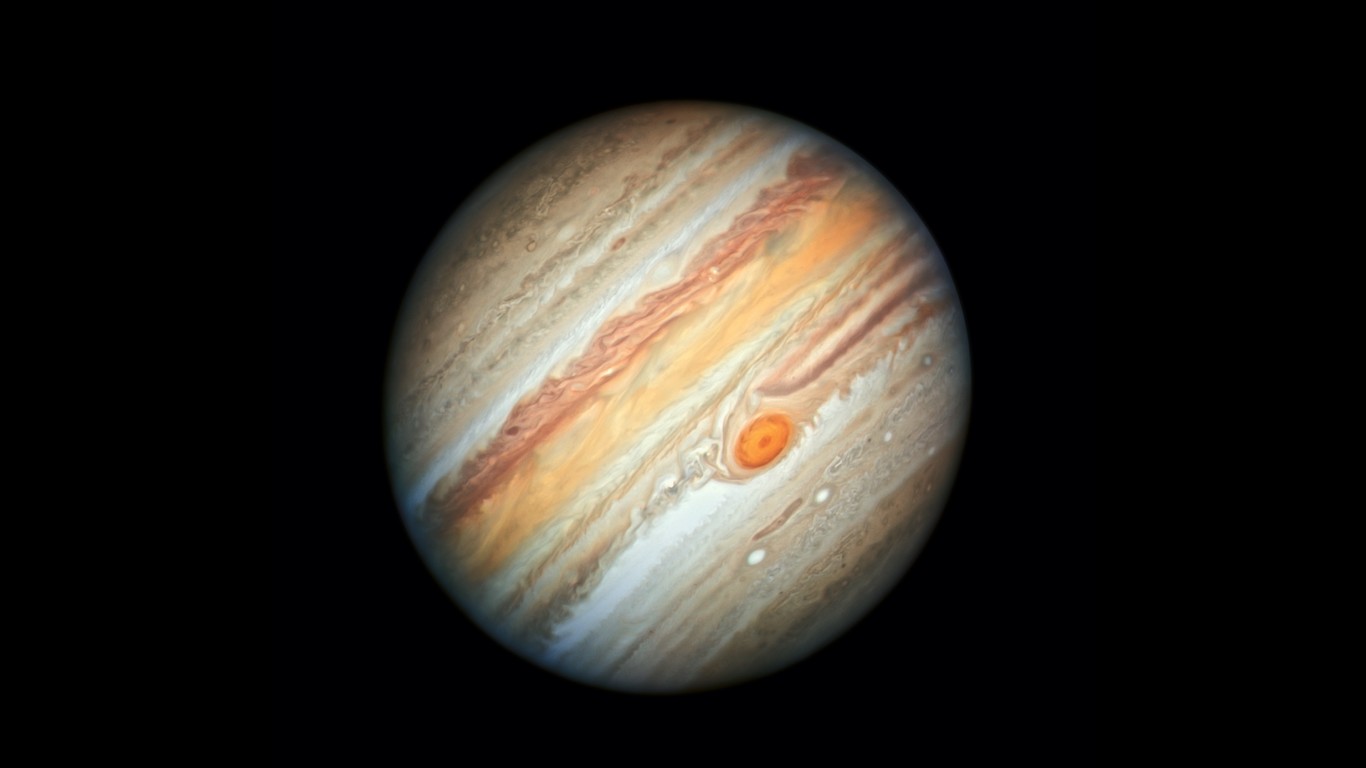
8. Hubble’s new portrait of Jupiter
> Planet: Jupiter
A Hubble Space Telescope view of Jupiter, taken on June 27, 2019, reveals the giant planet’s trademark Great Red Spot.
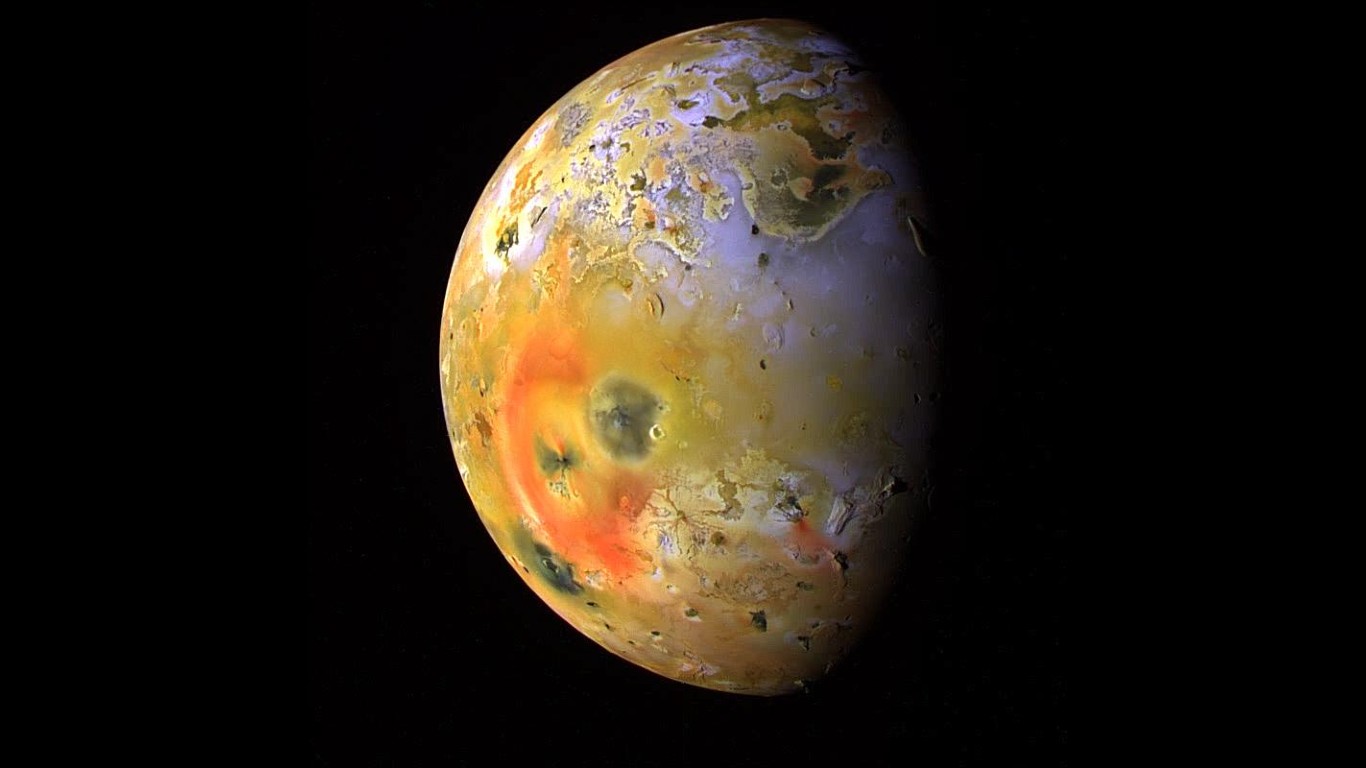
9. Io’s Pele Hemisphere after Pillan changes
> Planet: Jupiter
A view of Jupiter’s moon Io, the most volcanically active body in the solar system, showing the red ring around the volcano Pele after dramatic changes in the area around Pillan Patera, another volcanic center.
[in-text-ad]
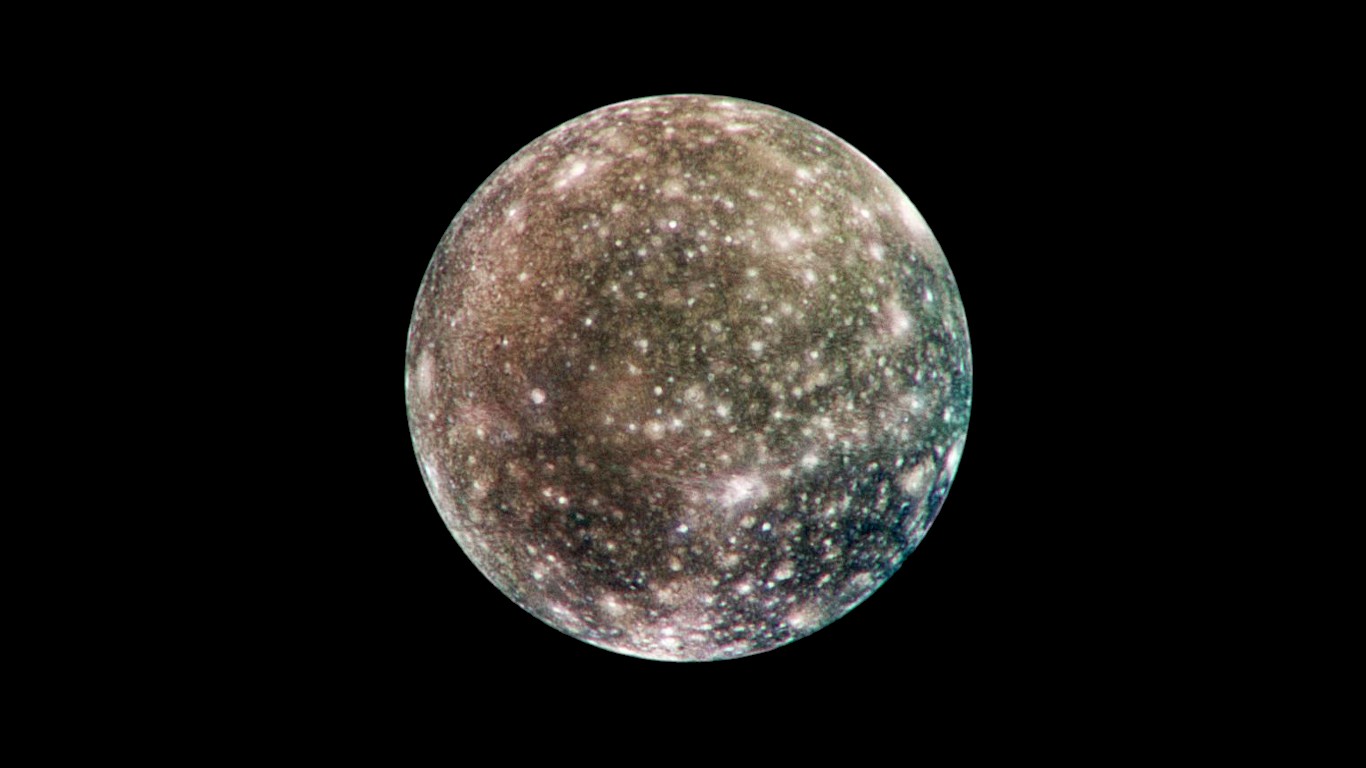
10. Global Callisto in color
> Planet: Jupiter
The many craters on Jupiter’s moon Callisto
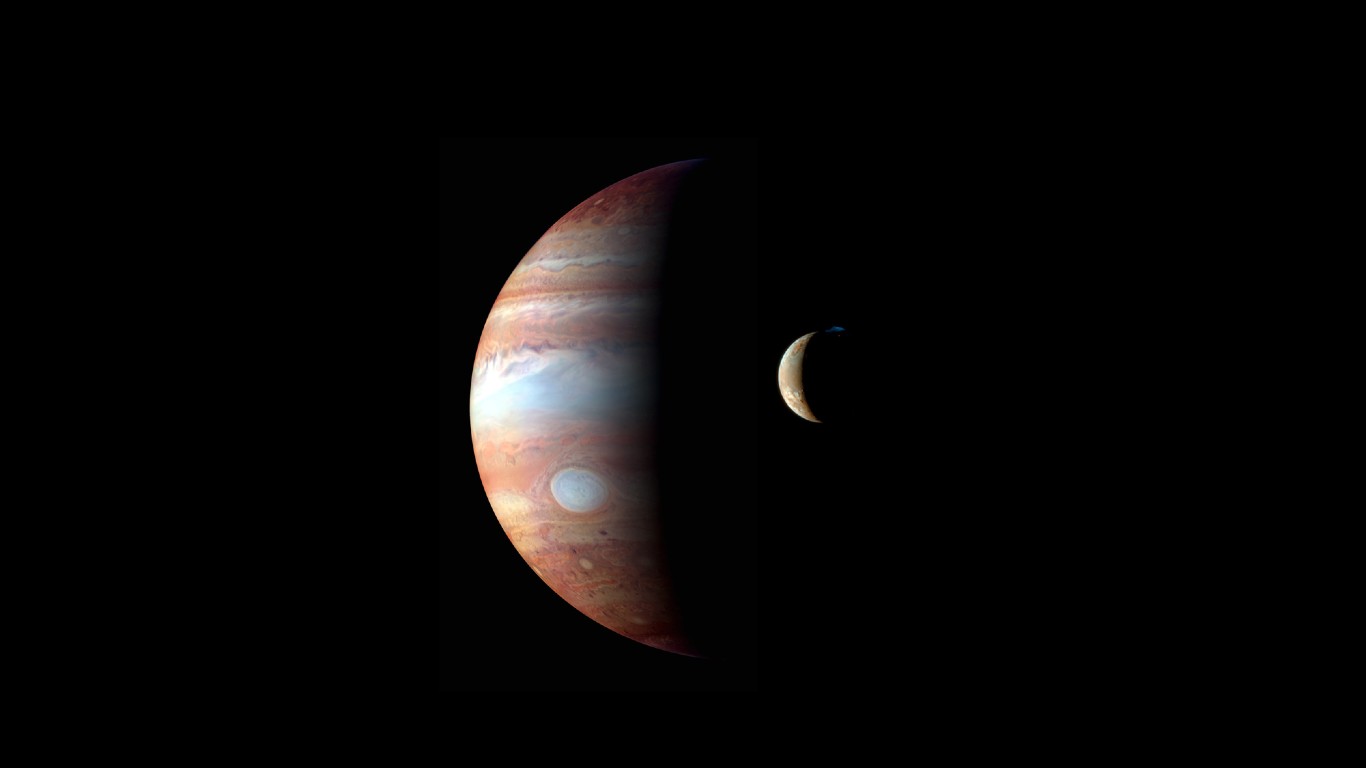
11. Jupiter and Io
> Planet: Jupiter
An infrared color composite of Jupiter and its moon Io.
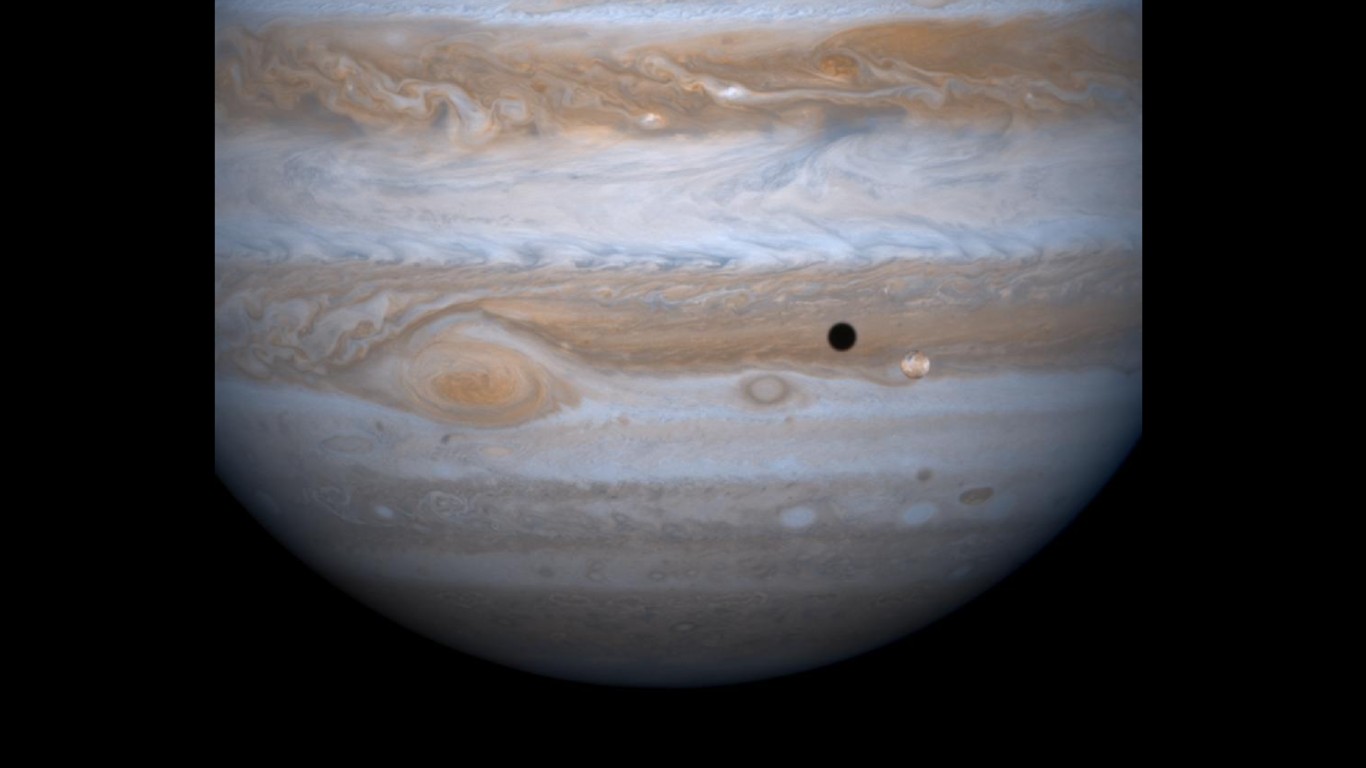
12. Io in front of Jupiter
> Planet: Jupiter
This image shows the size of Jupiter compared to its moon Io.
[in-text-ad-2]
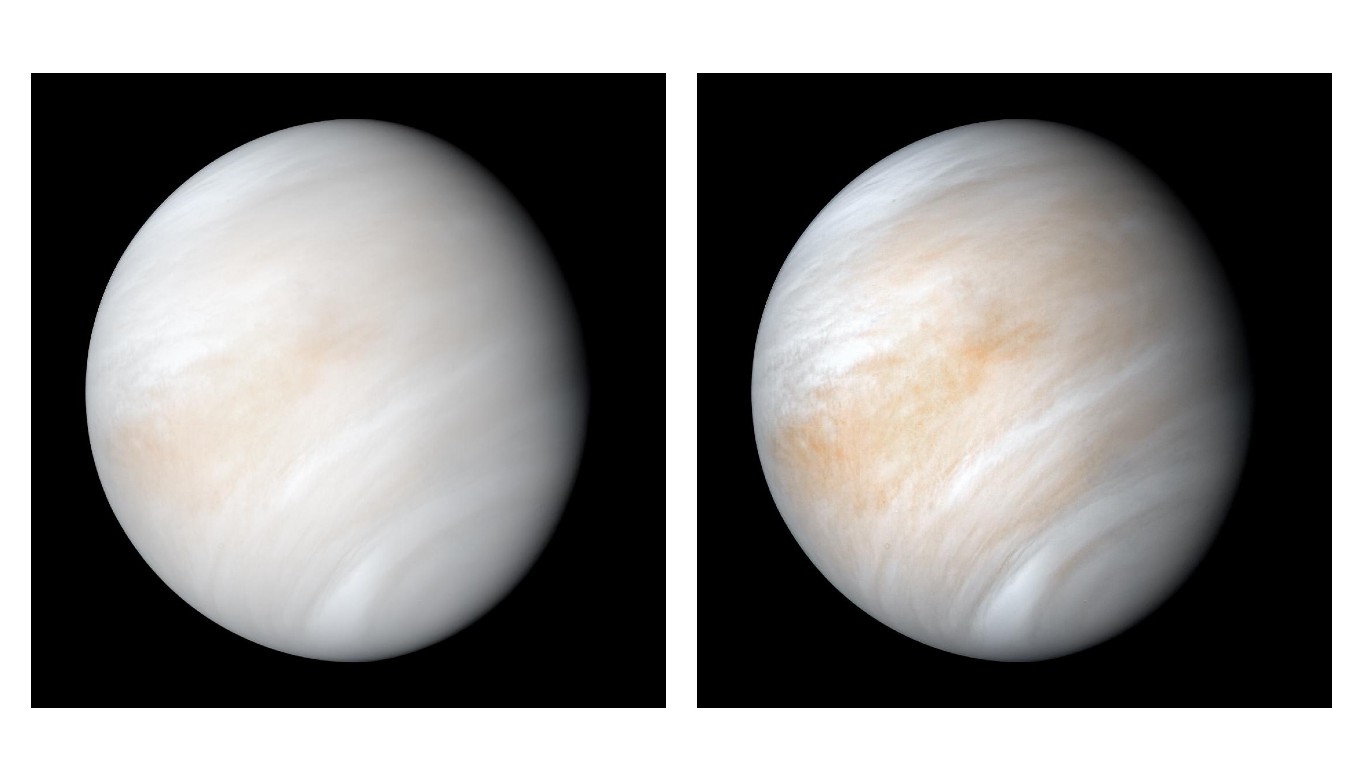
13. Views of Venus from Mariner 10
> Planet: Venus
Venus is wrapped in a dense global cloud layer.
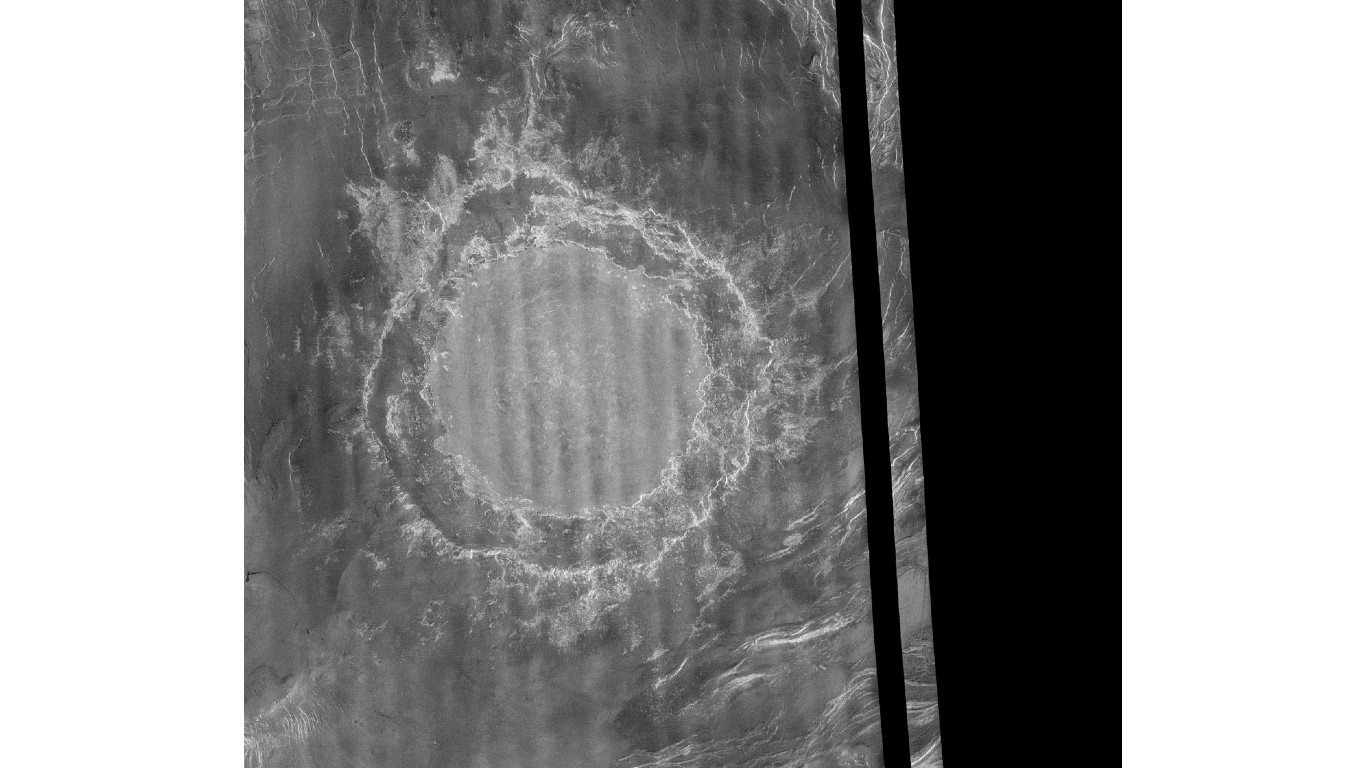
14. Margaret Mead Crater on Venus
> Planet: Venus
This image shows one of the largest impact craters known to exist on Venus.
[in-text-ad]
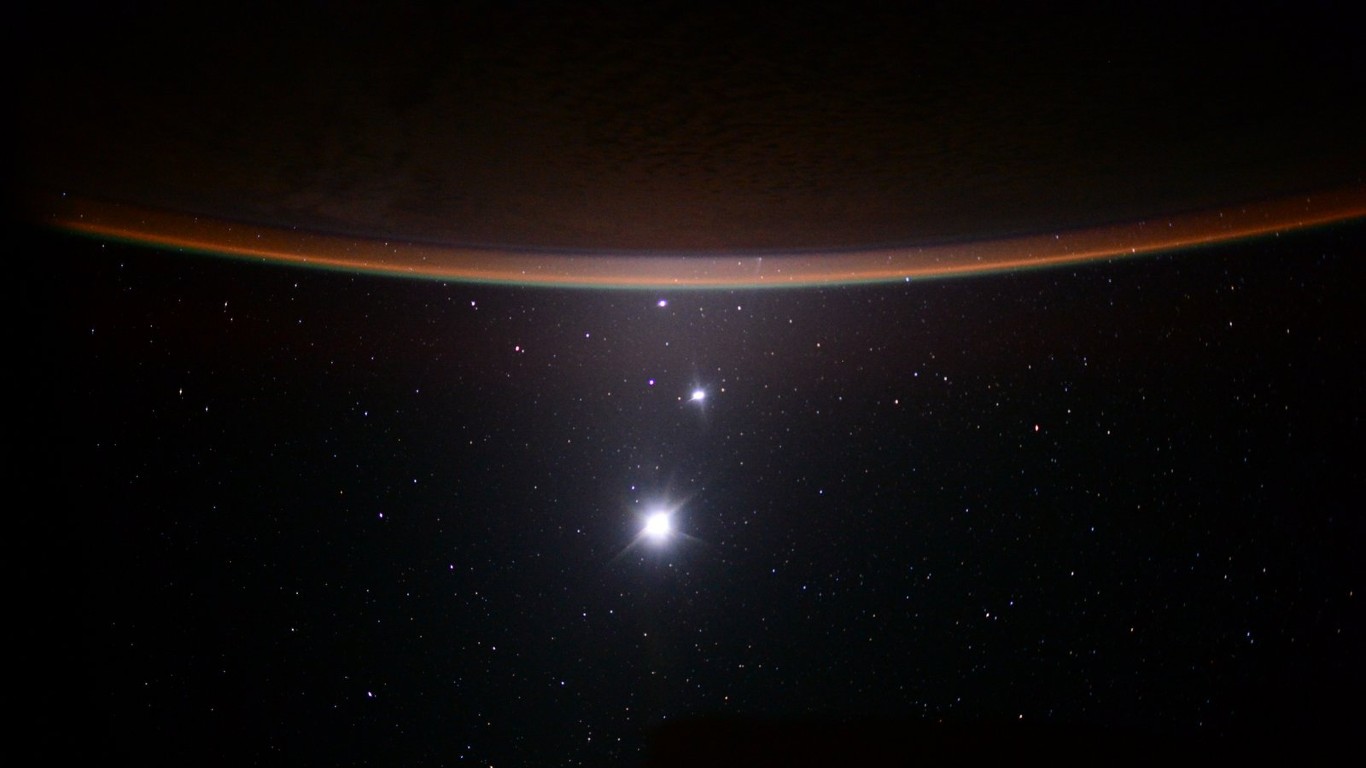
15. Moon, Venus, Jupiter, Earth lineup
> Planet: Venus
Three planets and our moon line up in a view from the International Space Station.
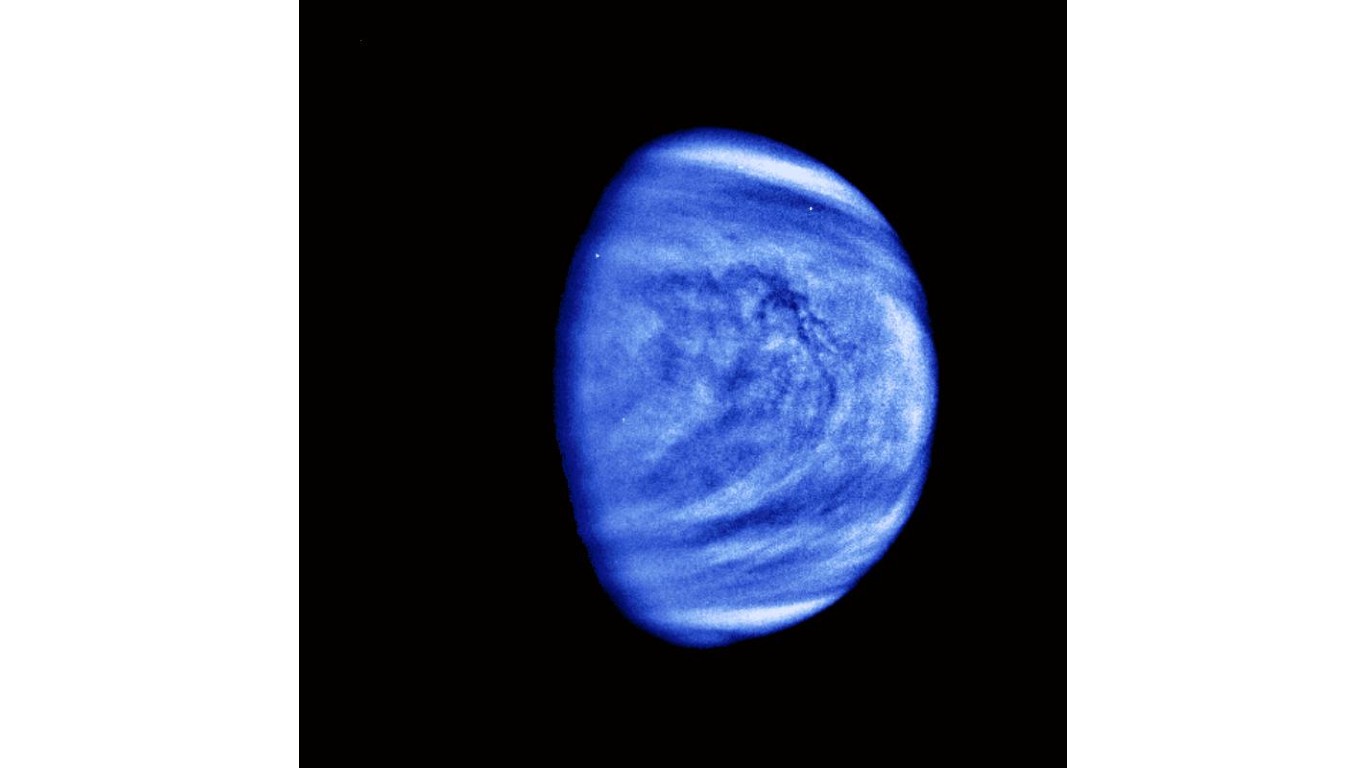
16. Venus cloud patterns
> Planet: Venus
This 1996 photo of Venus has been colorized to a bluish hue in order to emphasize the subtle contrasts in the cloud markings.
[in-text-ad-2]
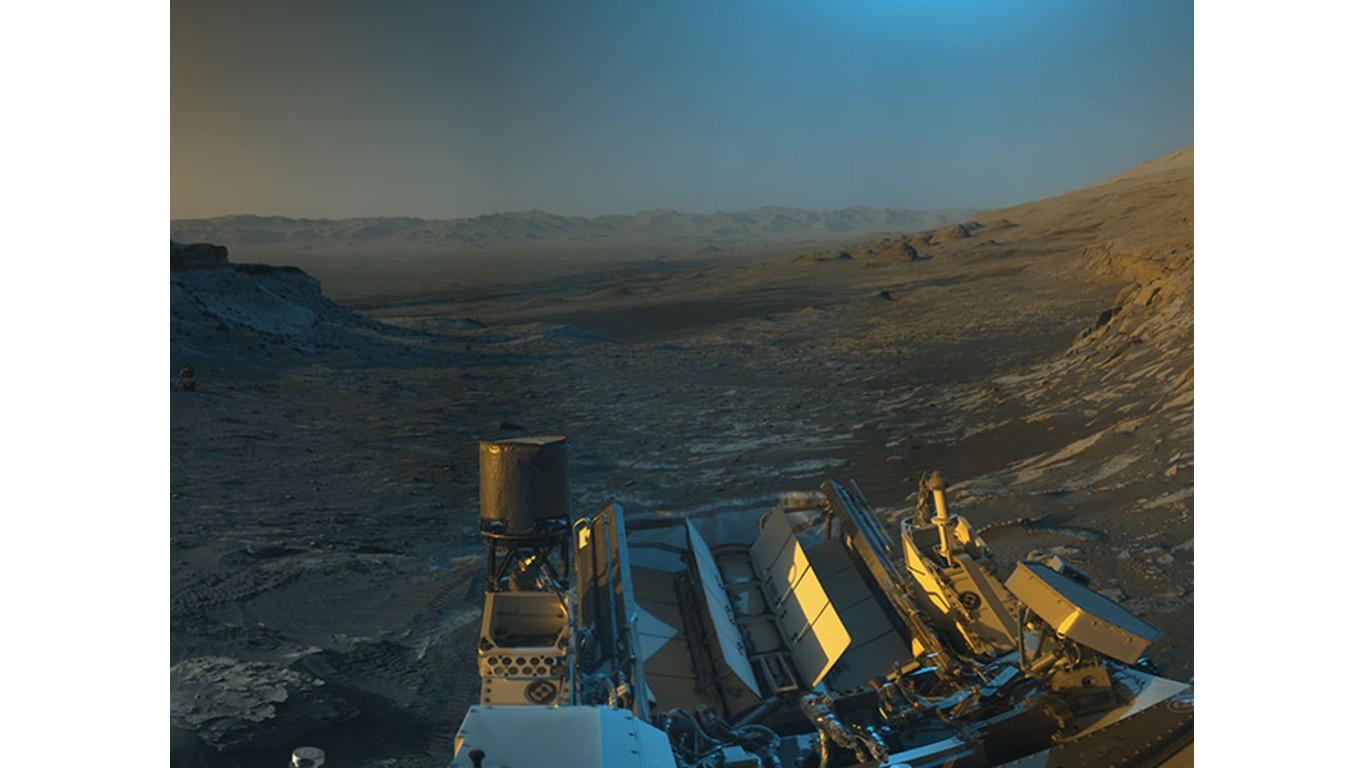
17. A picture postcard from Curiosity’s navcams
> Planet: Mars
NASA’s Curiosity Mars rover used its black-and-white navigation cameras to capture panoramas of this scene twice a day.
[in-text-ad]
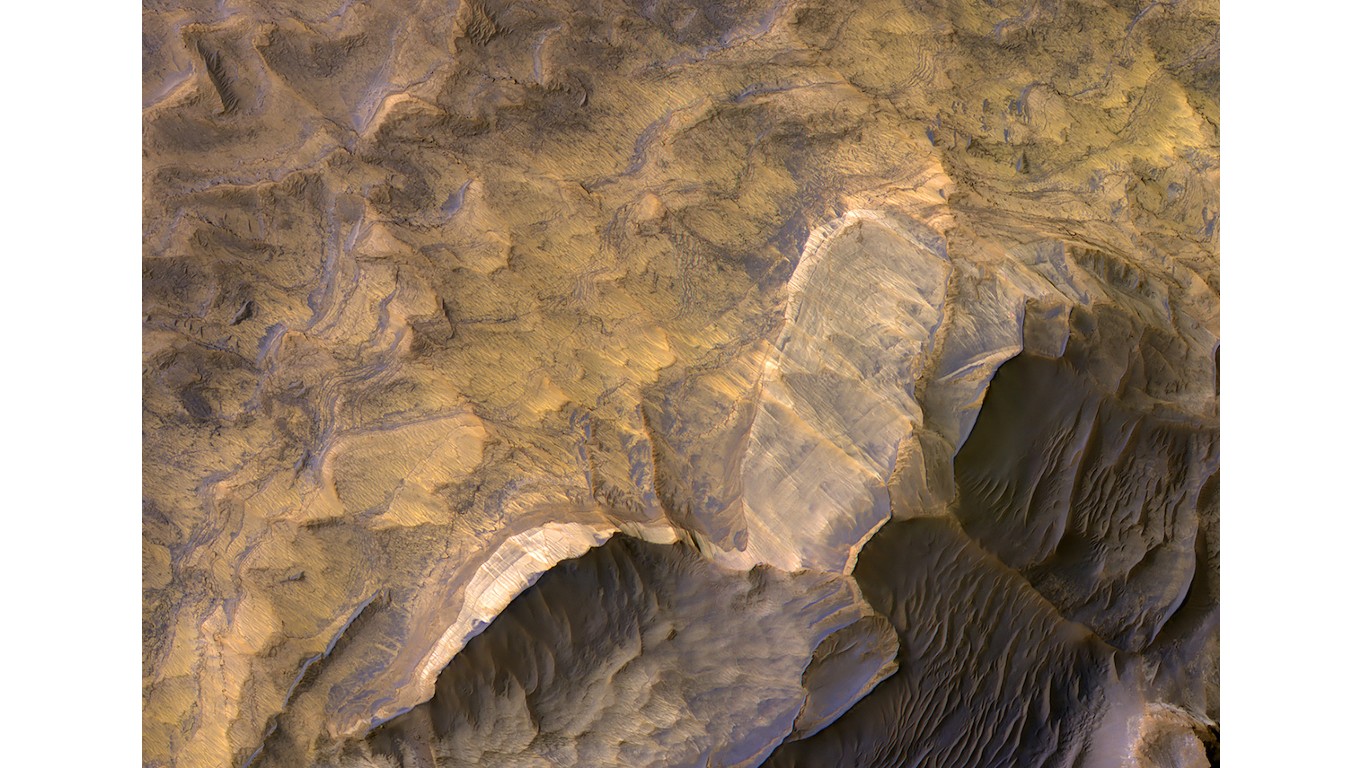
18. Sandstone in West Candor Chasma
> Planet: Mars
Candor Chasma in central Valles Marineris on Mars
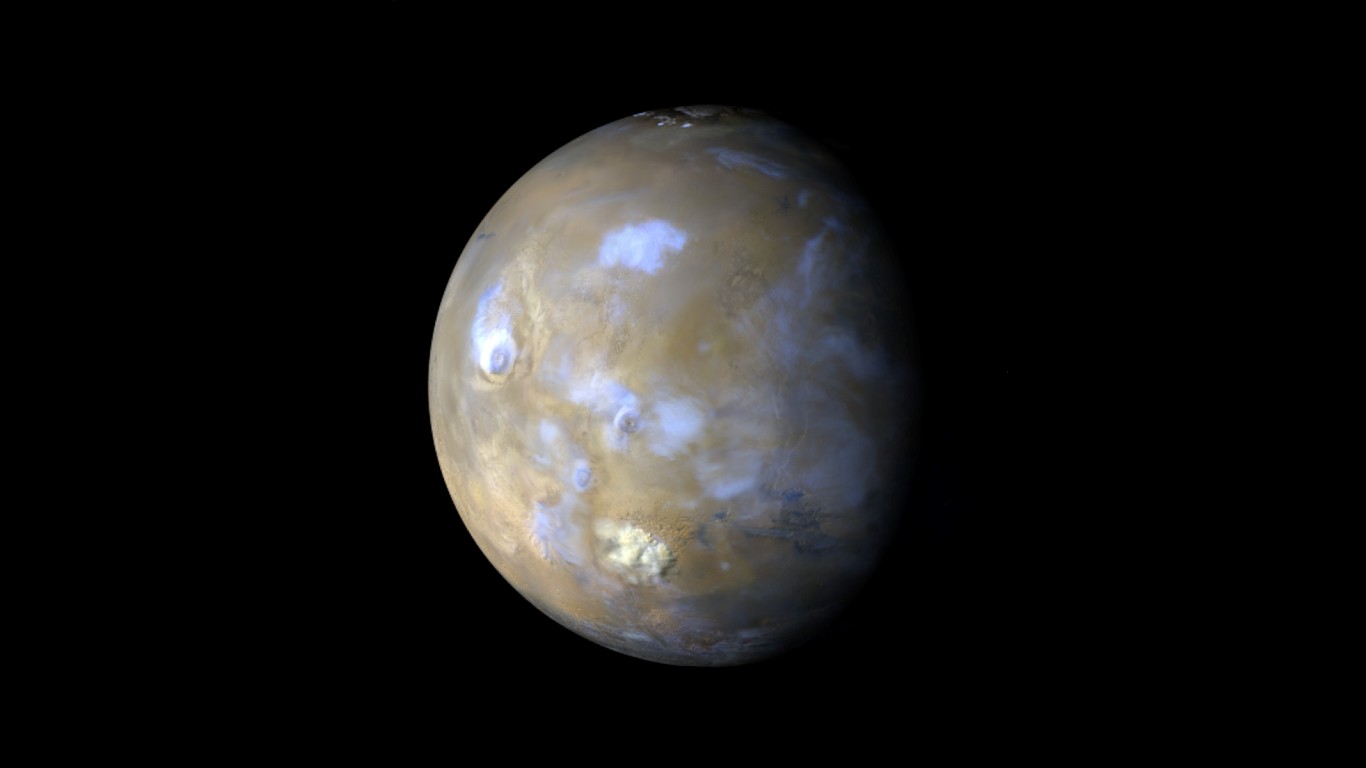
19. Clouds and dust storms on Mars
> Planet: Mars
Clouds of dust cover Mars.
[in-text-ad-2]
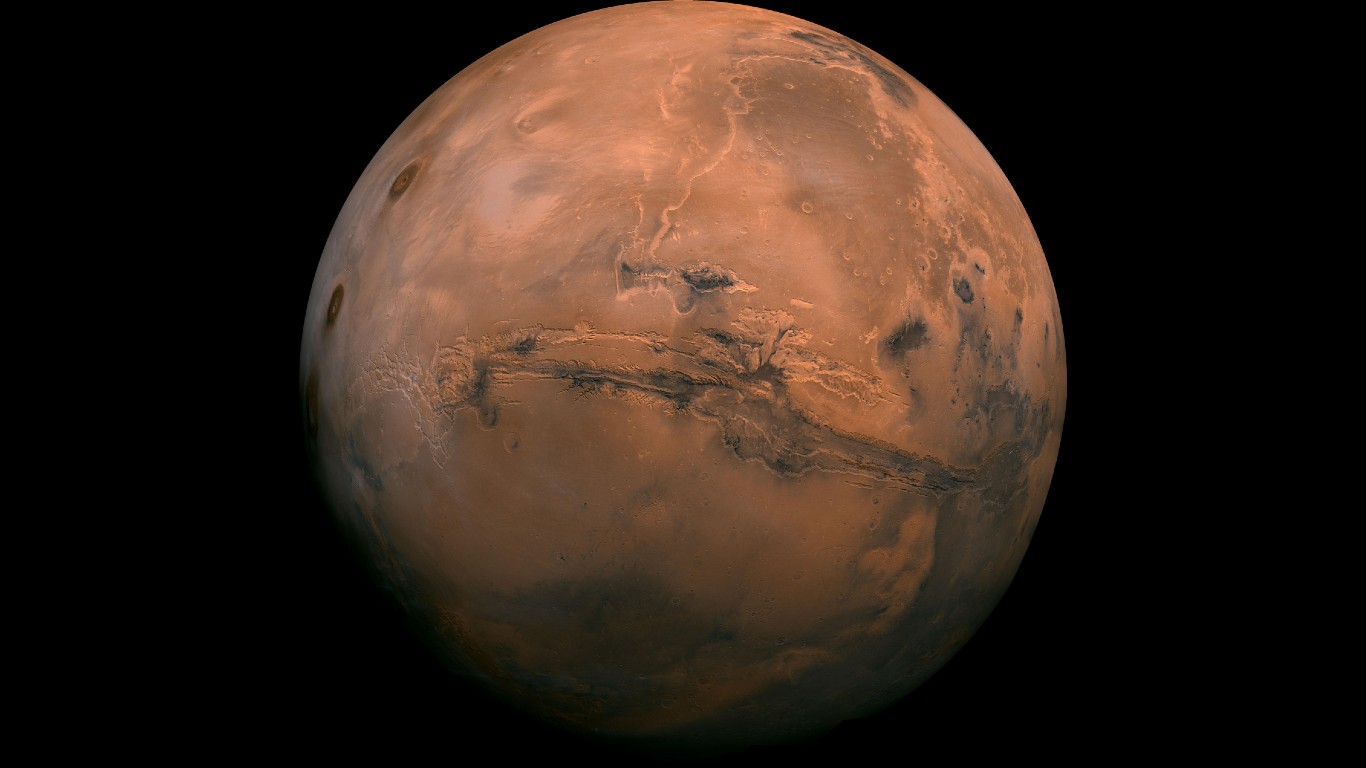
20. Valles Marineris: The Grand Canyon of Mars
> Planet: Mars
A compilation of images captured by the Viking Orbiter 1.
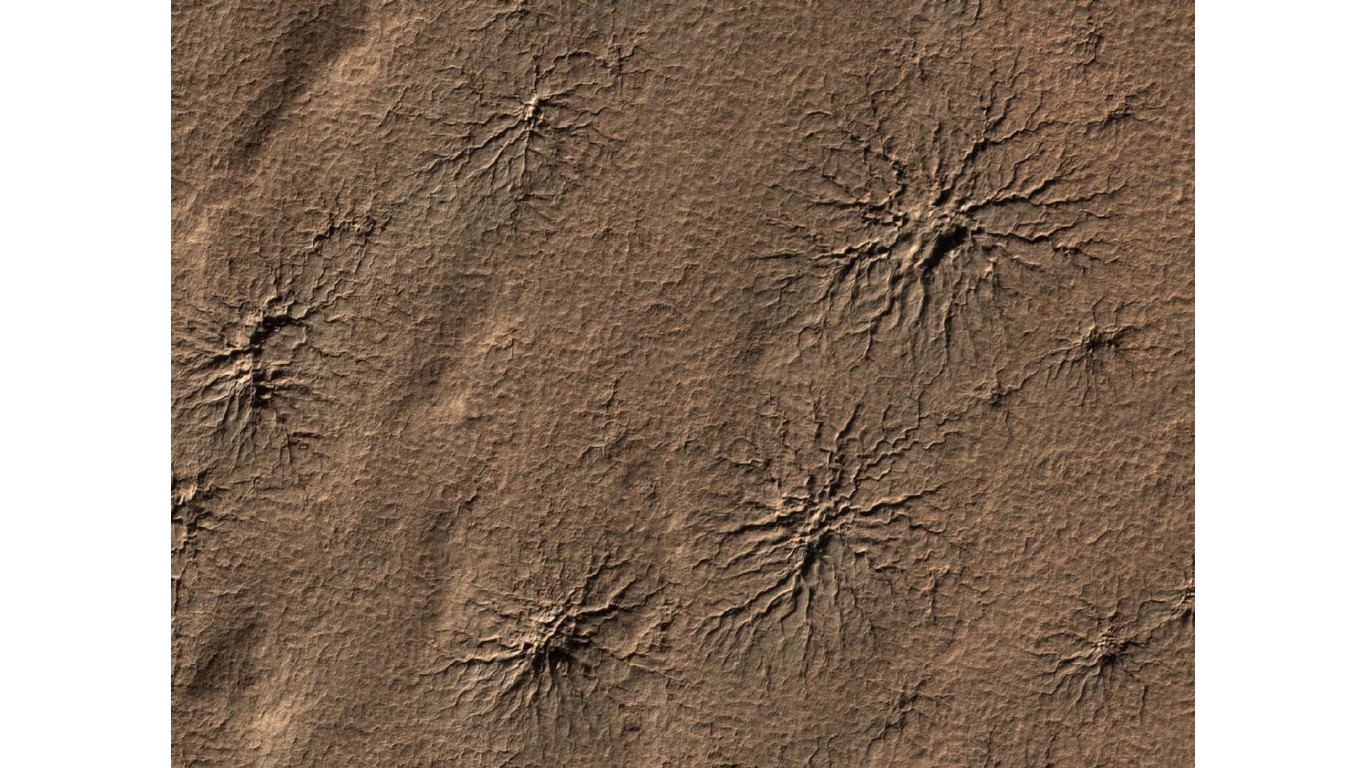
21. South Pole spiders
> Planet: Mars
These cracks in the surface of the southern polar region on Mars resemble spiders.
[in-text-ad]

22. Crisp Crater in Sirenum Fossae
> Planet: Mars
An impact crater on the surface of Mars.
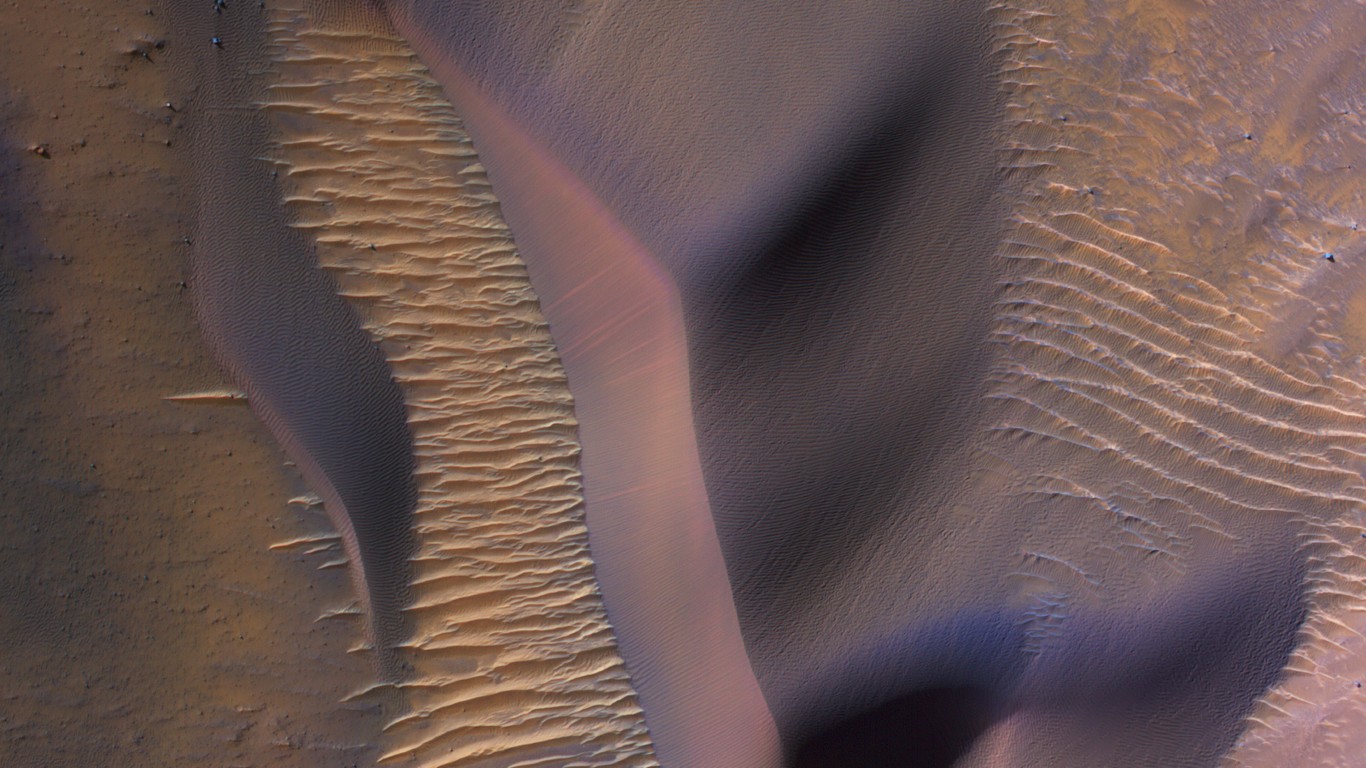
23. Dunes in Nectaris Montes
> Planet: Mars
Sand dunes on the slopes of Nectaris Montes within Coprates Chasma.
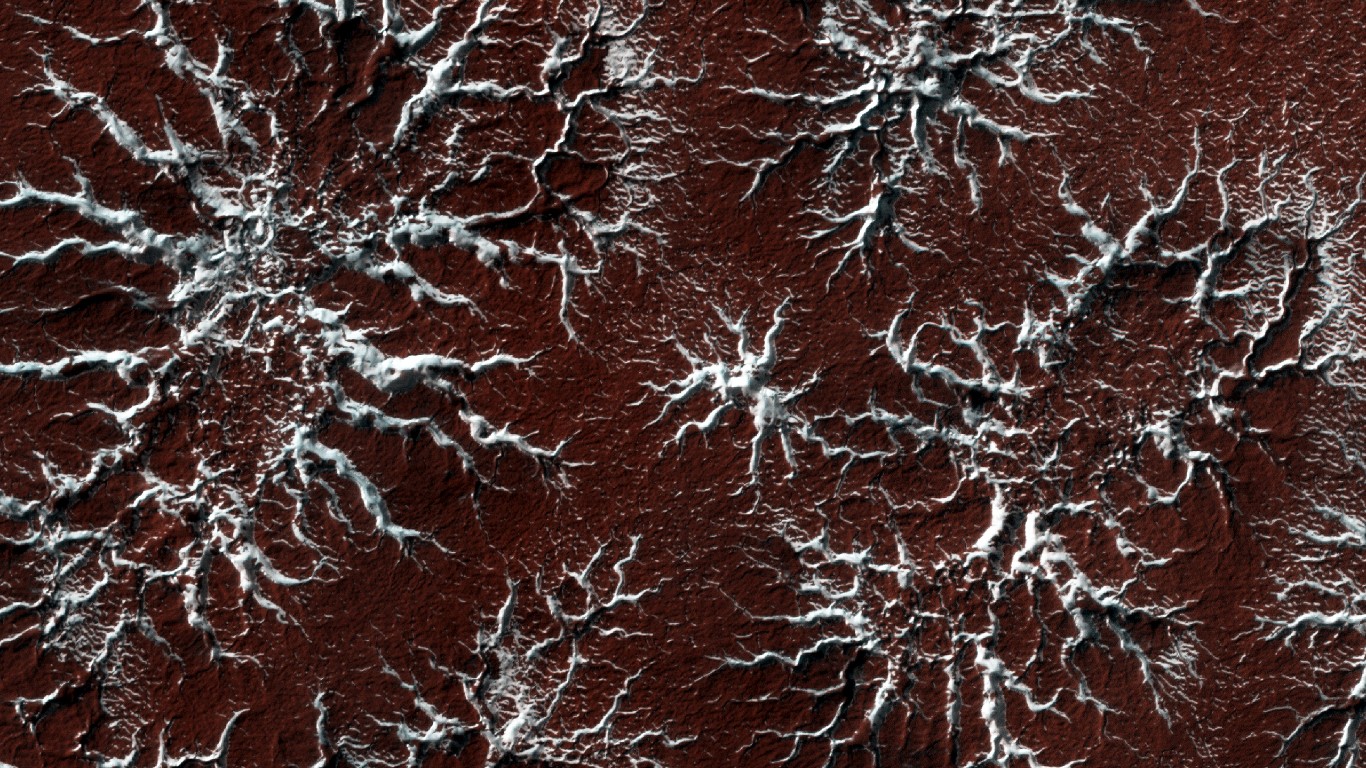
24. Dry ice on Mars
> Planet: Mars
On Mars the seasonal polar caps are composed of dry ice. This image shows eroded channels filled with bright ice.
[in-text-ad-2]
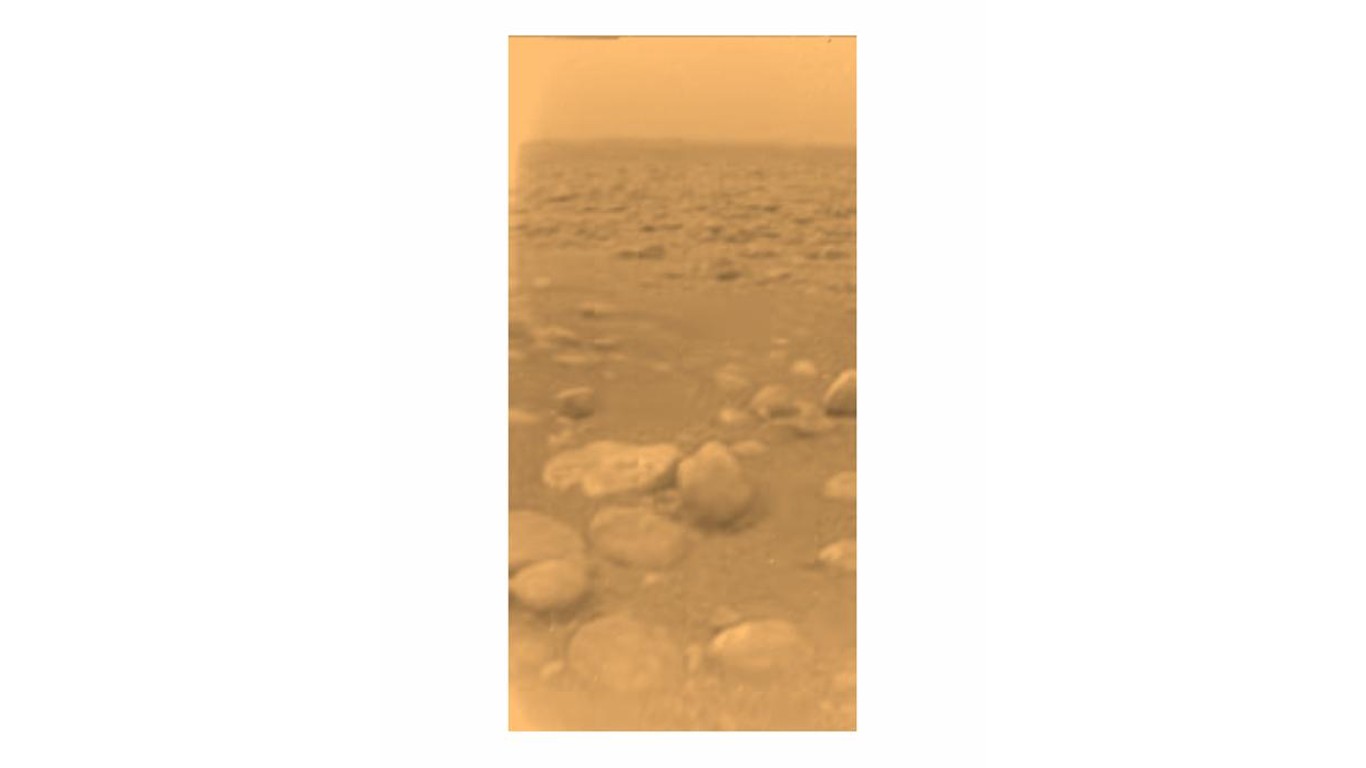
25. First color view of Titan’s surface
> Planet: Saturn
This 2005 photo from the European Space Agency was the first from Saturn’s moon Titan.
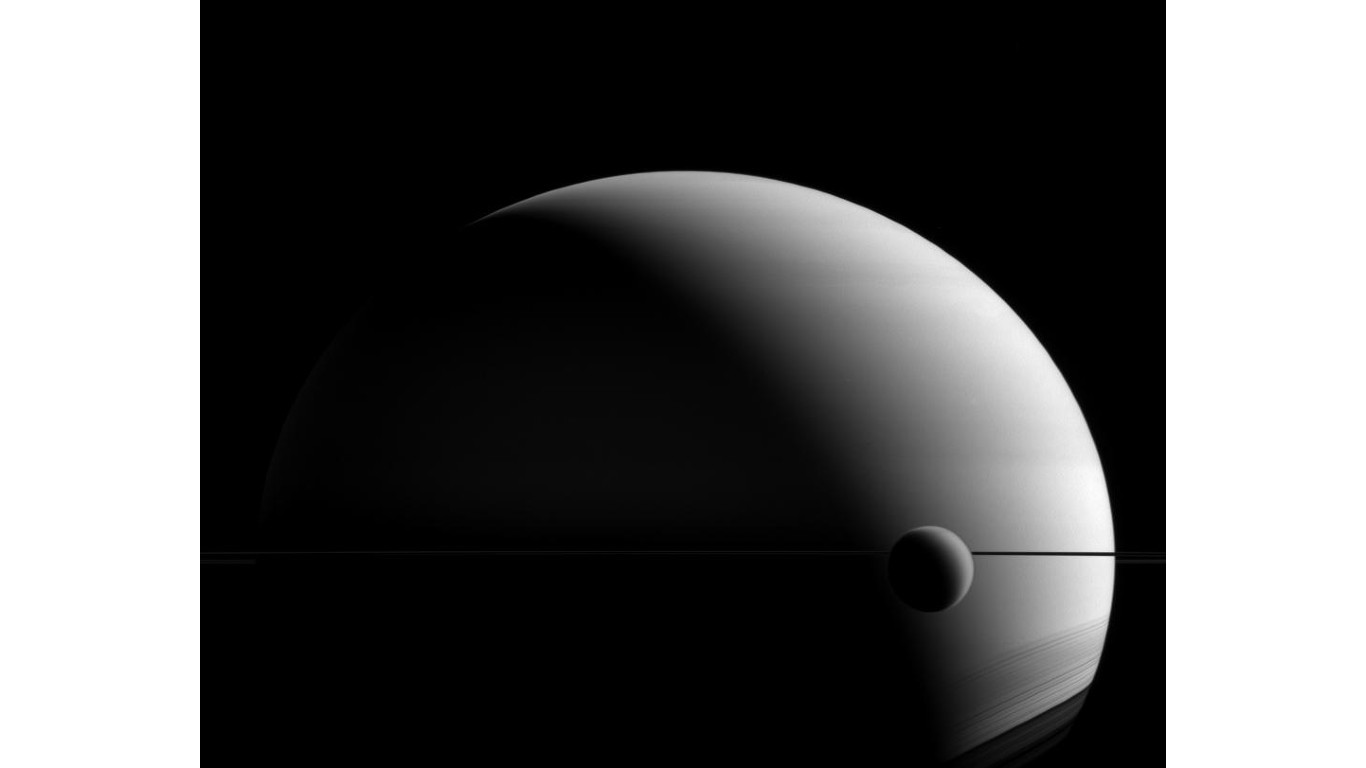
26. Veiled worlds
> Planet: Saturn
The moon of Titan passes in front of Saturn.
[in-text-ad]
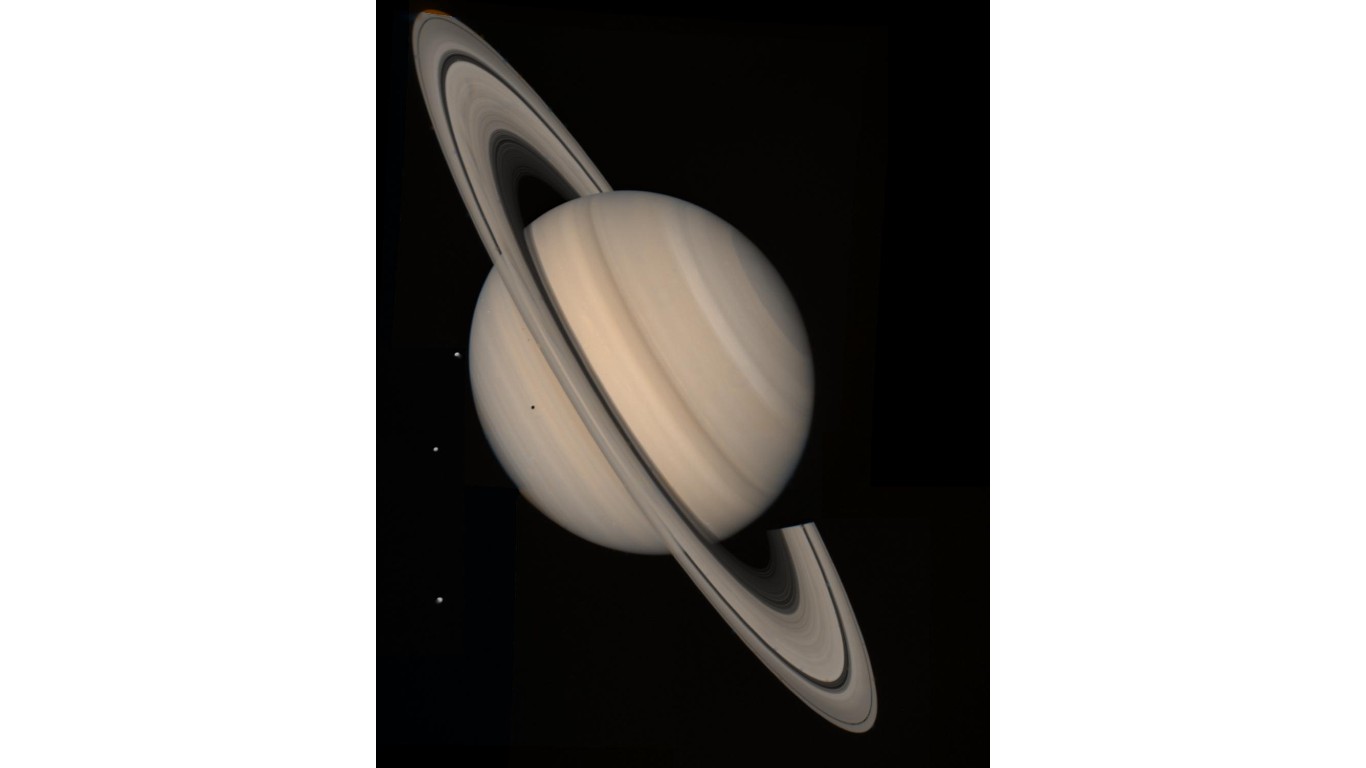
27. Saturn Taken from Voyager 2
> Planet: Saturn
An image of Saturn from 1981
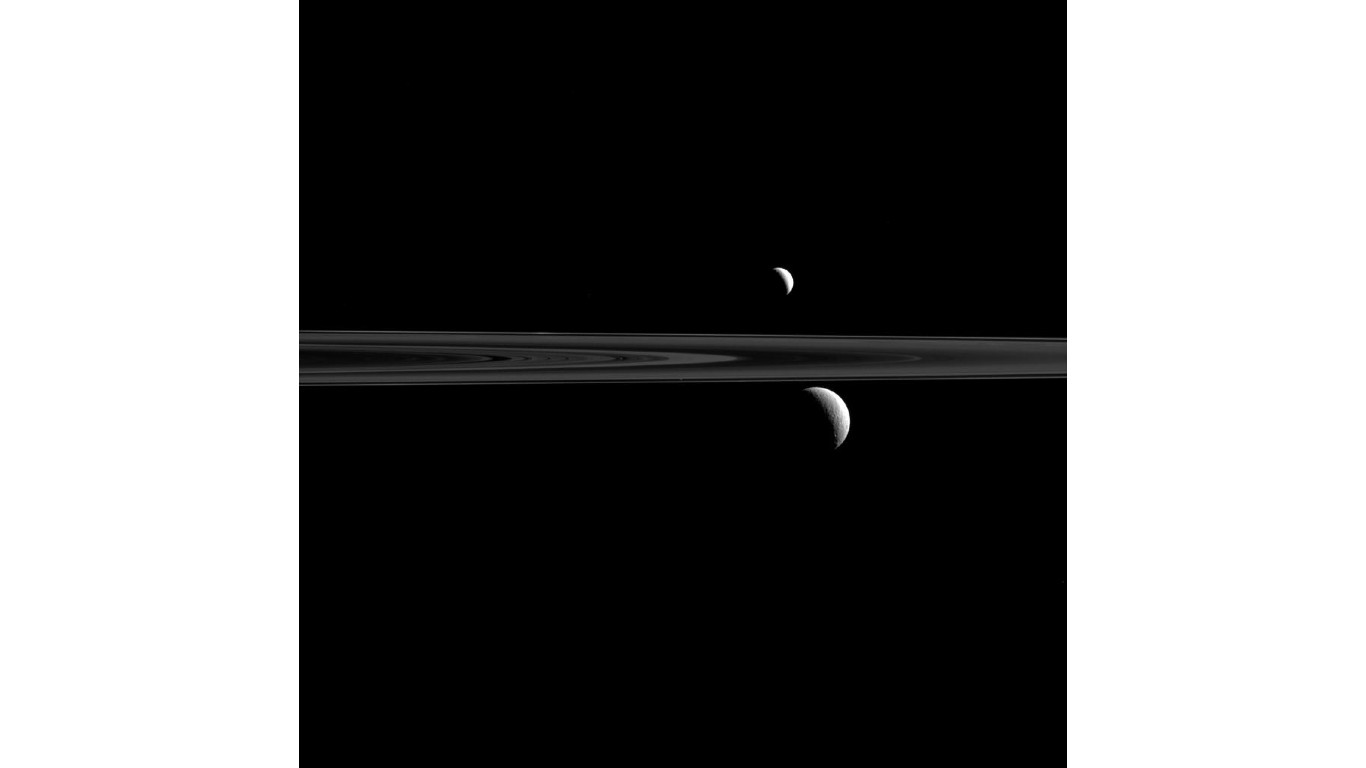
28. Triple pPlay
> Planet: Saturn
The moons Enceladus, Rhea, and Atlas pass around Saturn’s rings.
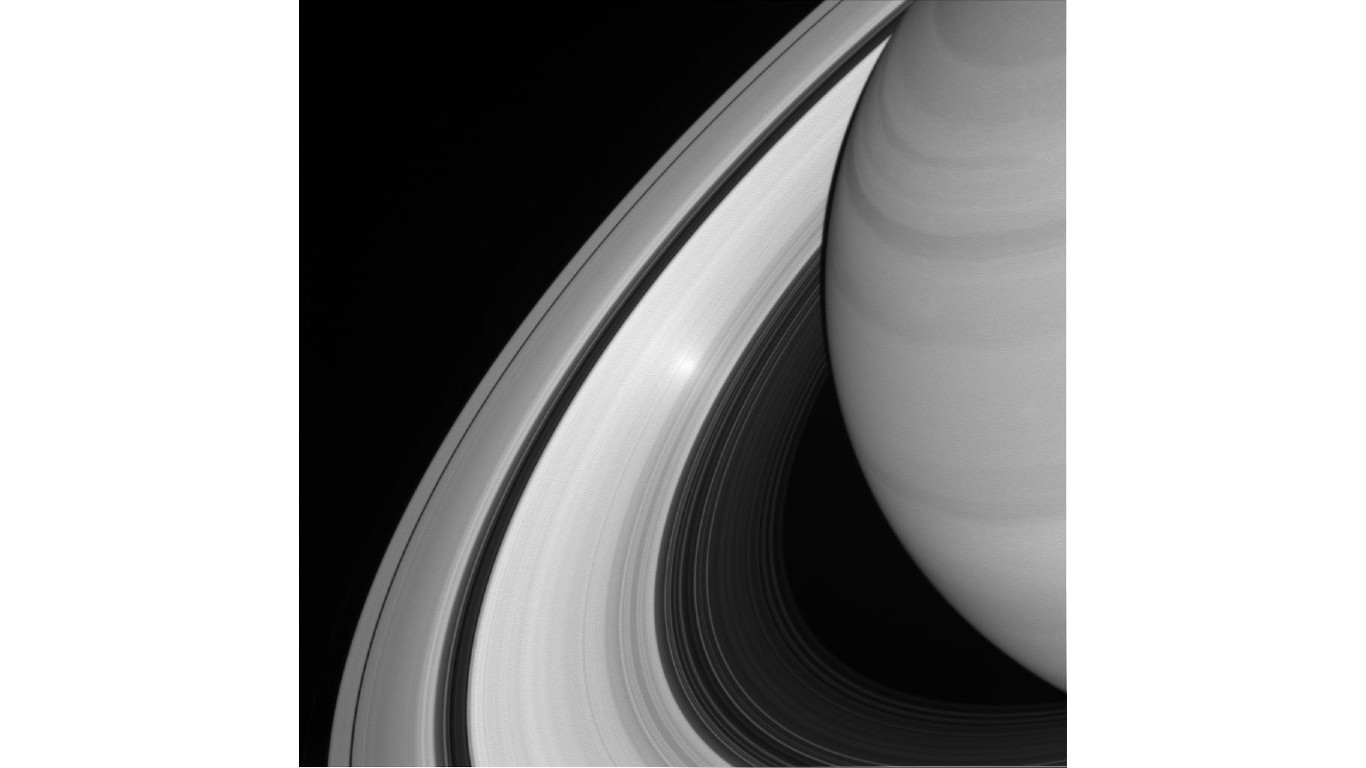
29. Surge in the ring
> Planet: Saturn
The rings around Saturn appear brighter amid a phenomenon called an “opposition surge”.
[in-text-ad-2]
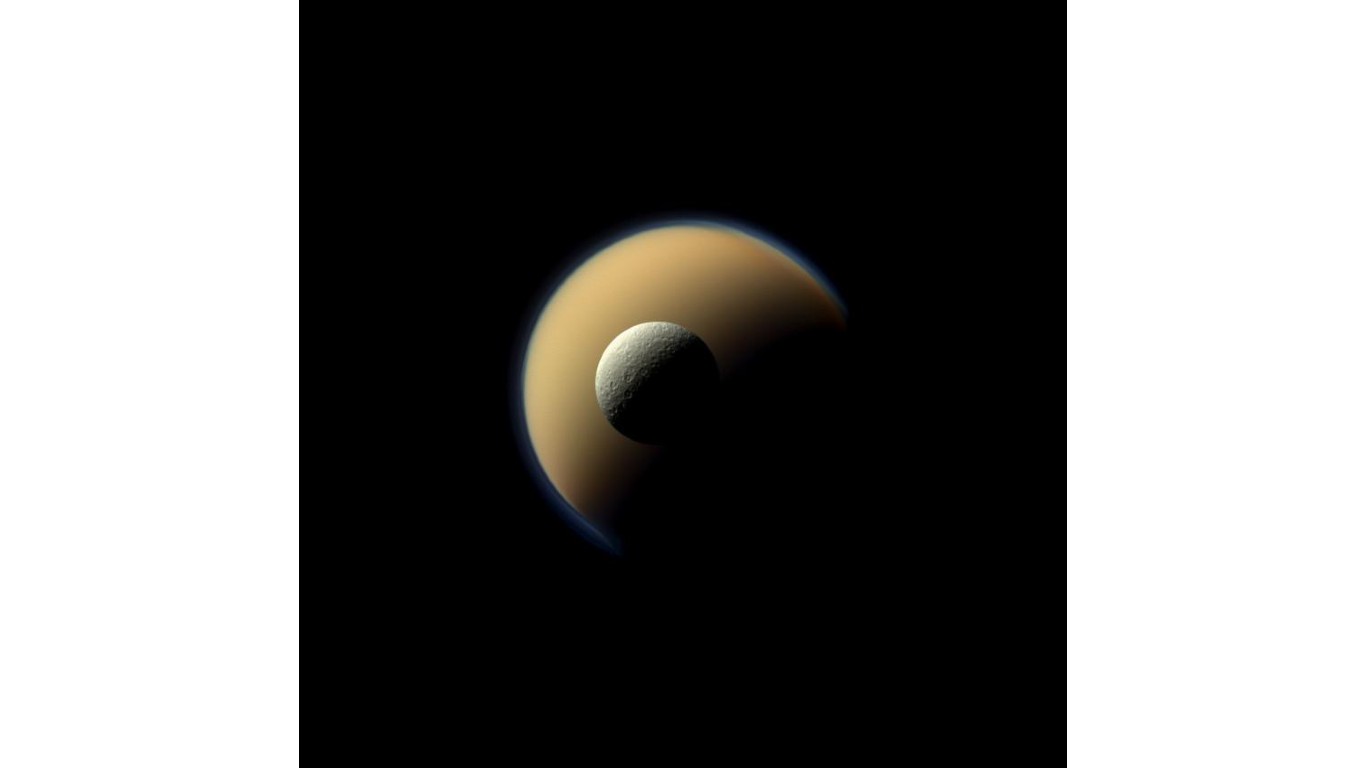
30. Fire and ice
> Planet: Saturn
Saturn’s largest and second-largest moons, Titan and Rhea, appear to be stacked on top of each other.
[in-text-ad]
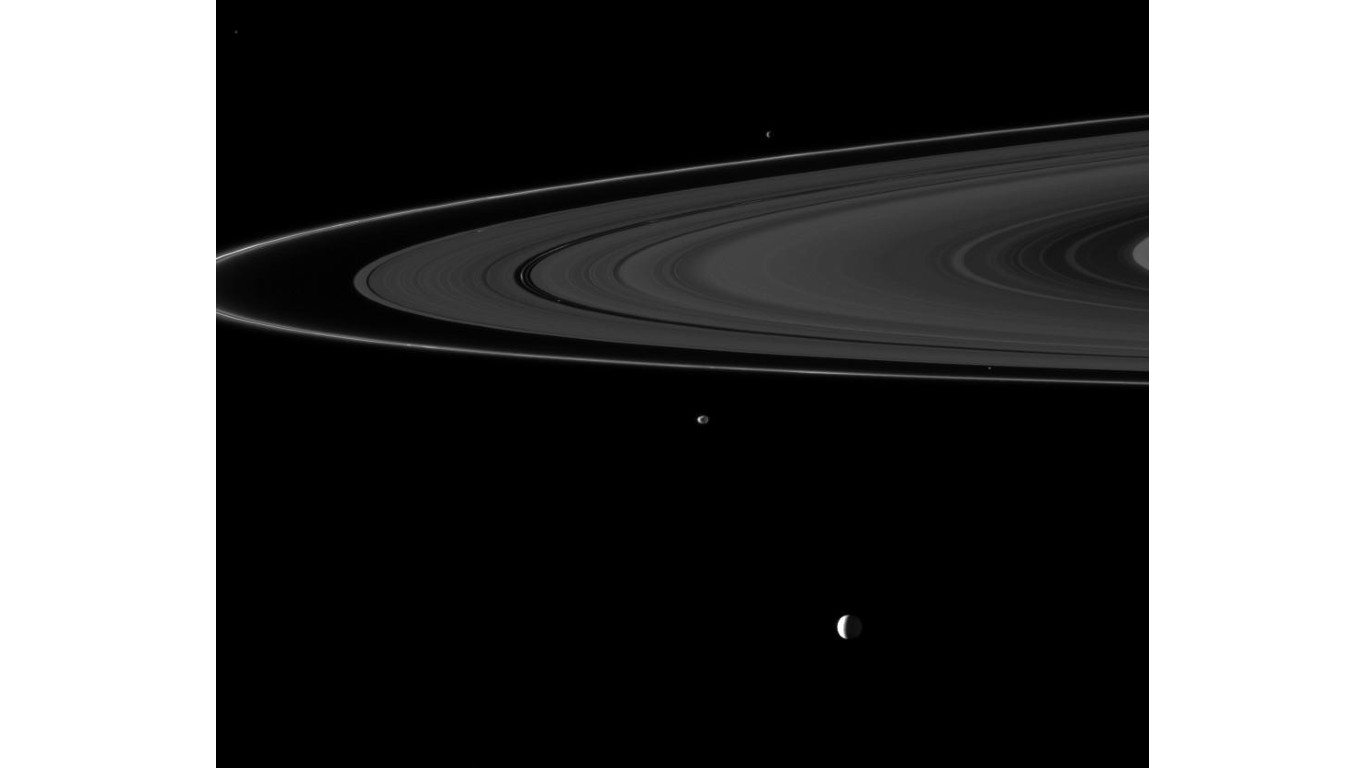
31. Sextet of moons
> Planet: Saturn
Six of Saturn’s moons orbit around the rings.
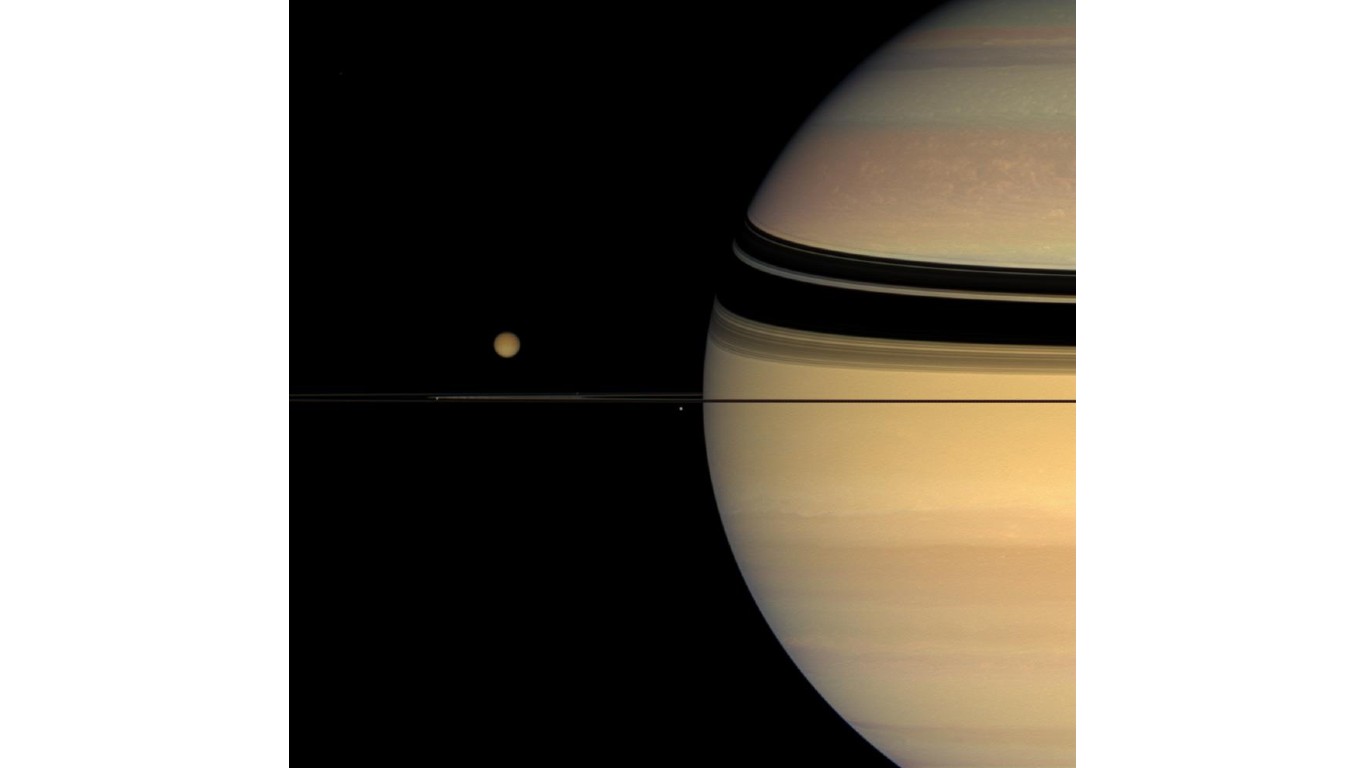
32. Many colors, many moons
> Planet: Saturn
A color photo of Saturn shows four moons.
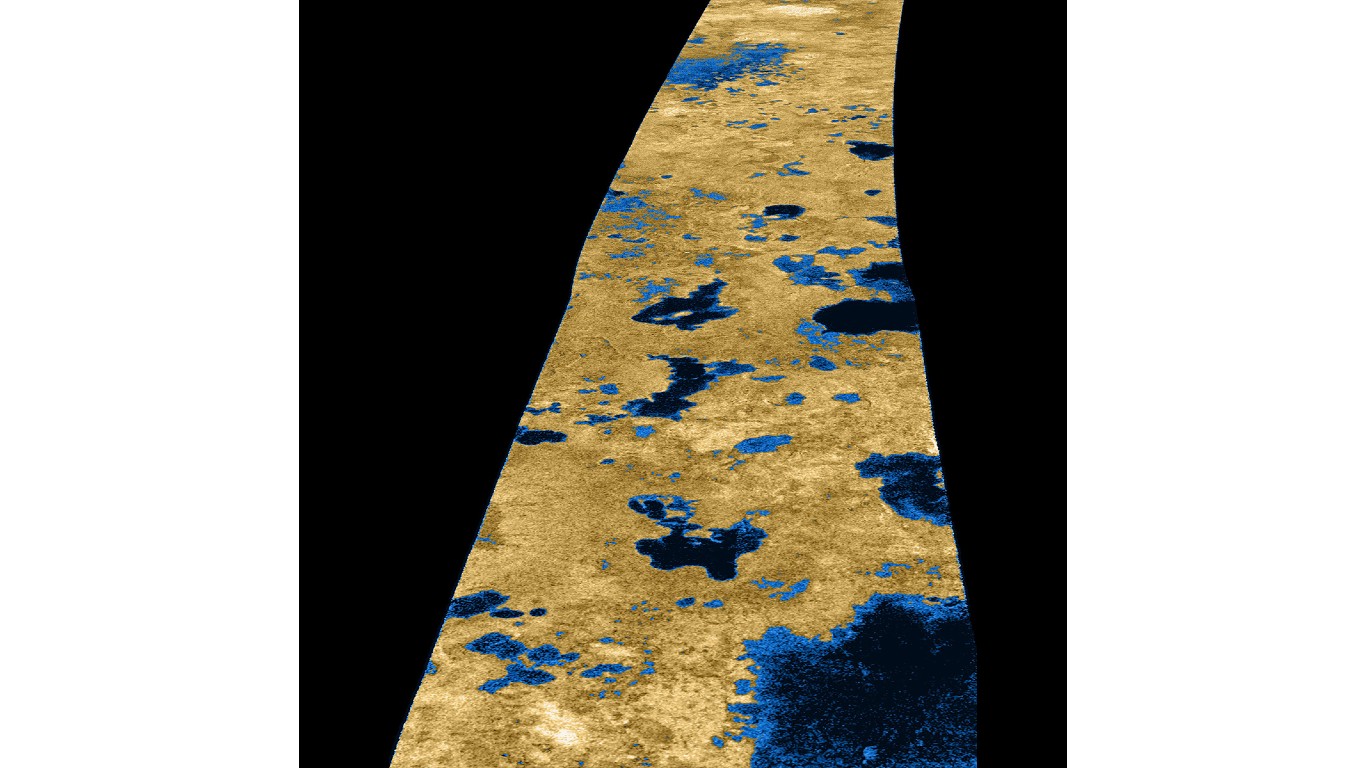
33. Liquid gas lakes on Titan
> Planet: Saturn
The Cassini satellite found evidence of lakes of liquid methane on Saturn’s moon Titan.
[in-text-ad-2]
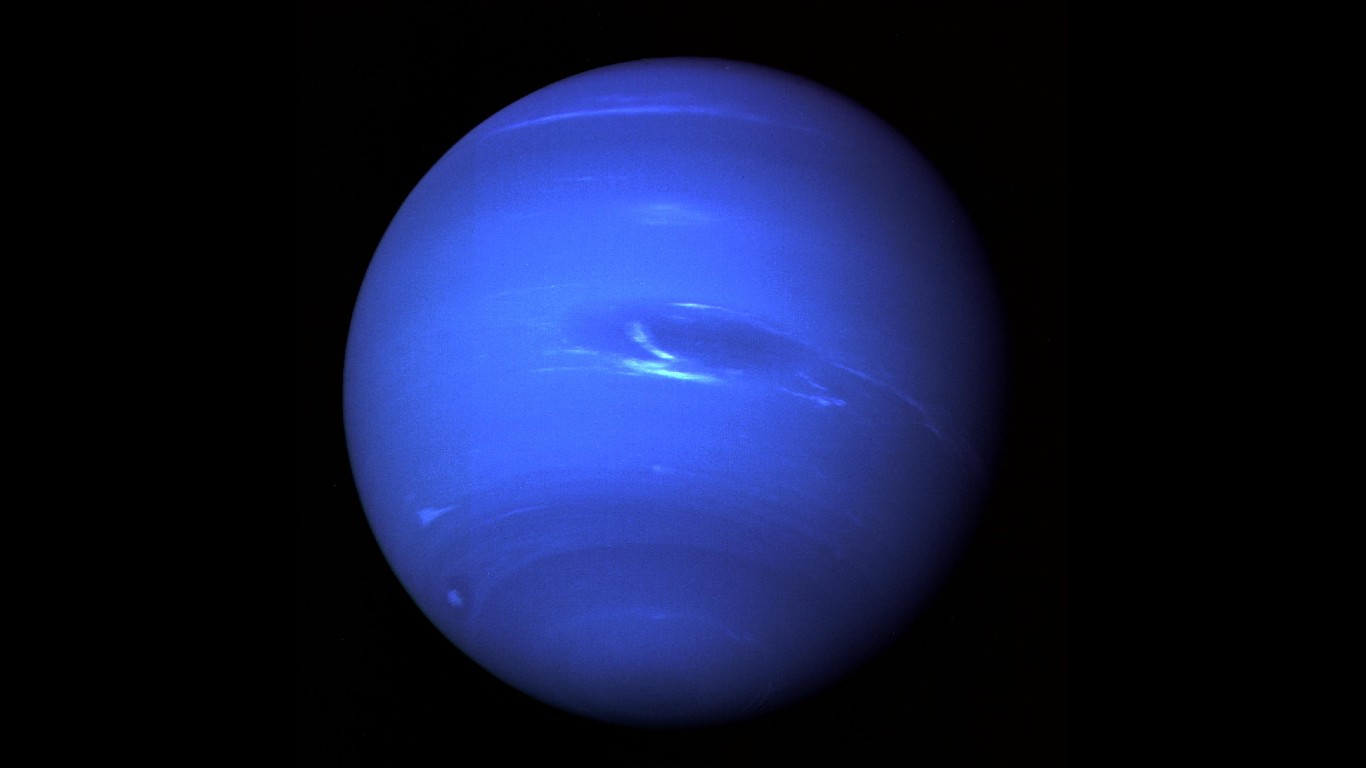
34. Neptune full disk view
> Planet: Neptune
A full view of Neptune.
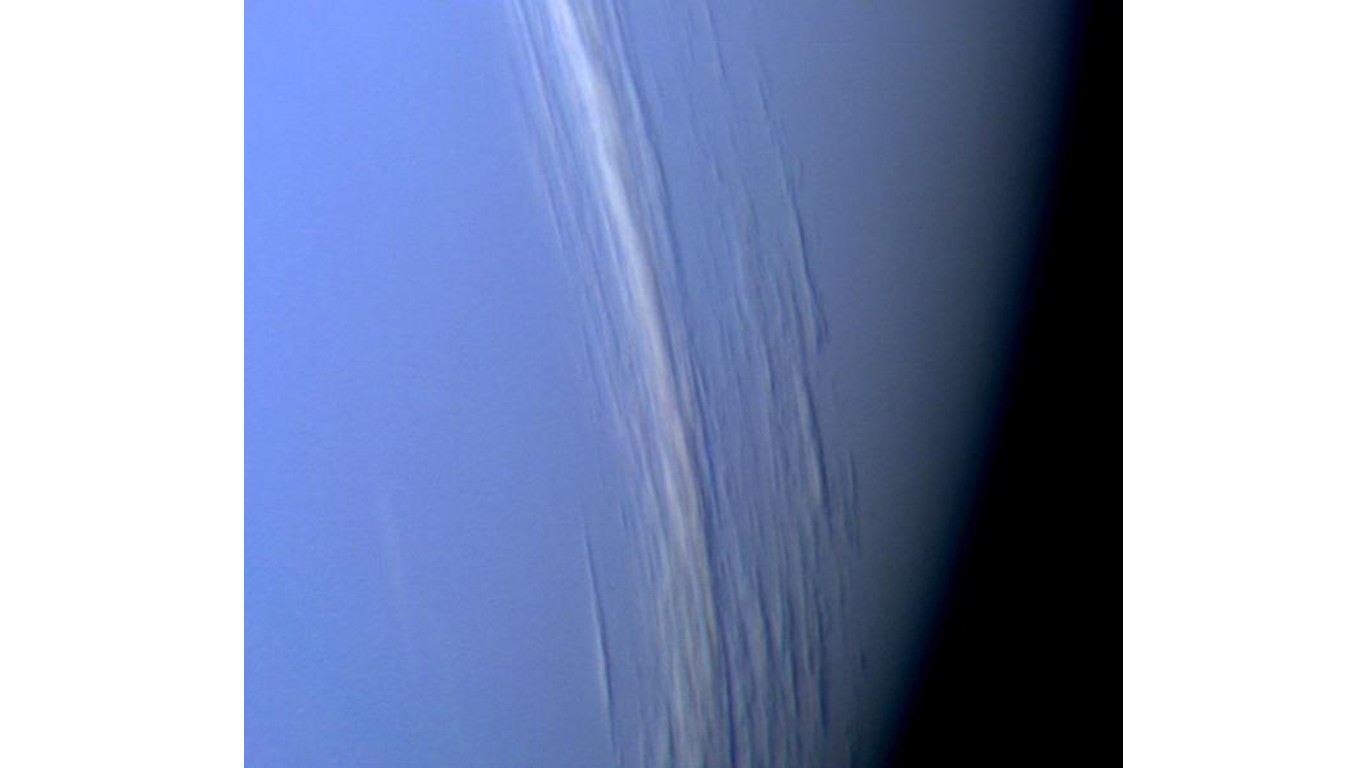
35. Neptune Clouds Showing Vertical Relief
> Planet: Neptune
These Voyager 2 images show vertical relief in bright cloud streaks.
[in-text-ad]
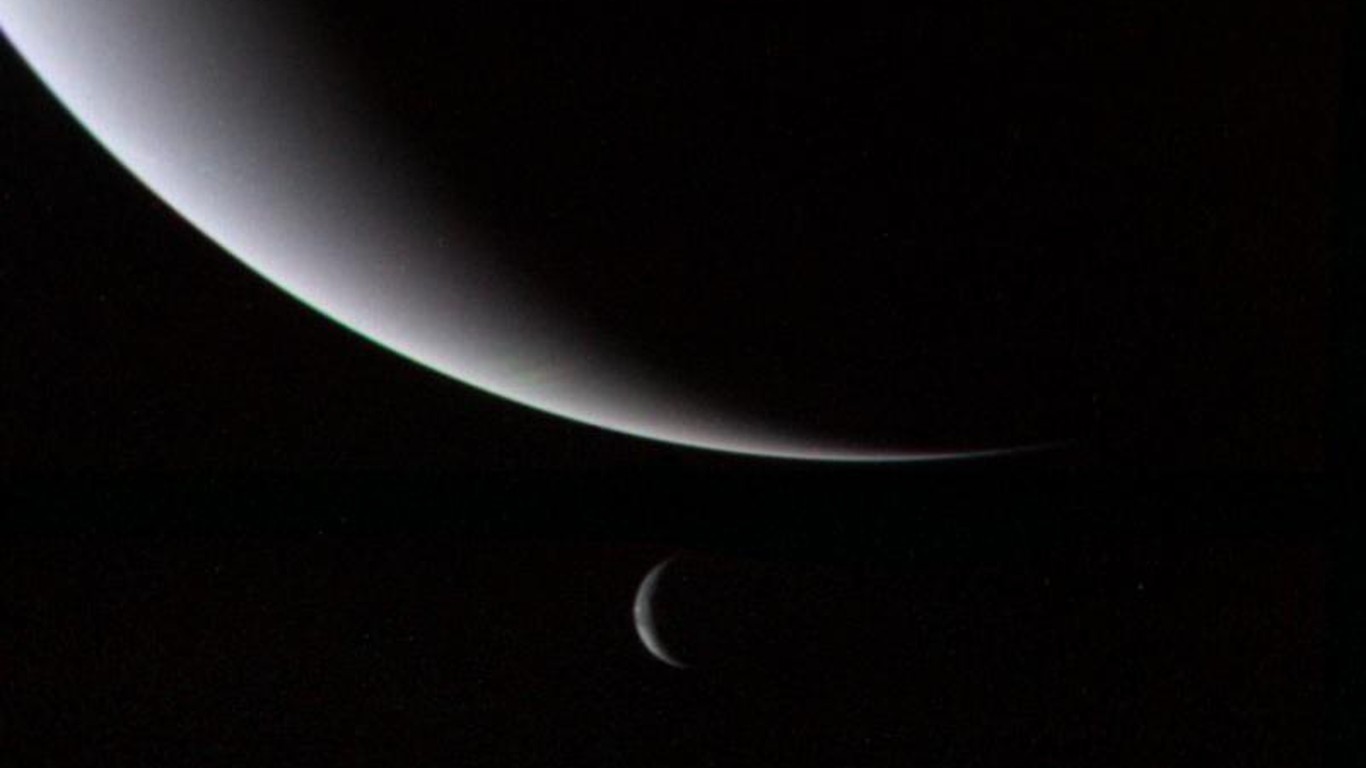
36. Crescents of Neptune and Triton
> Planet: Neptune
An image of Neptune and its moon Triton.
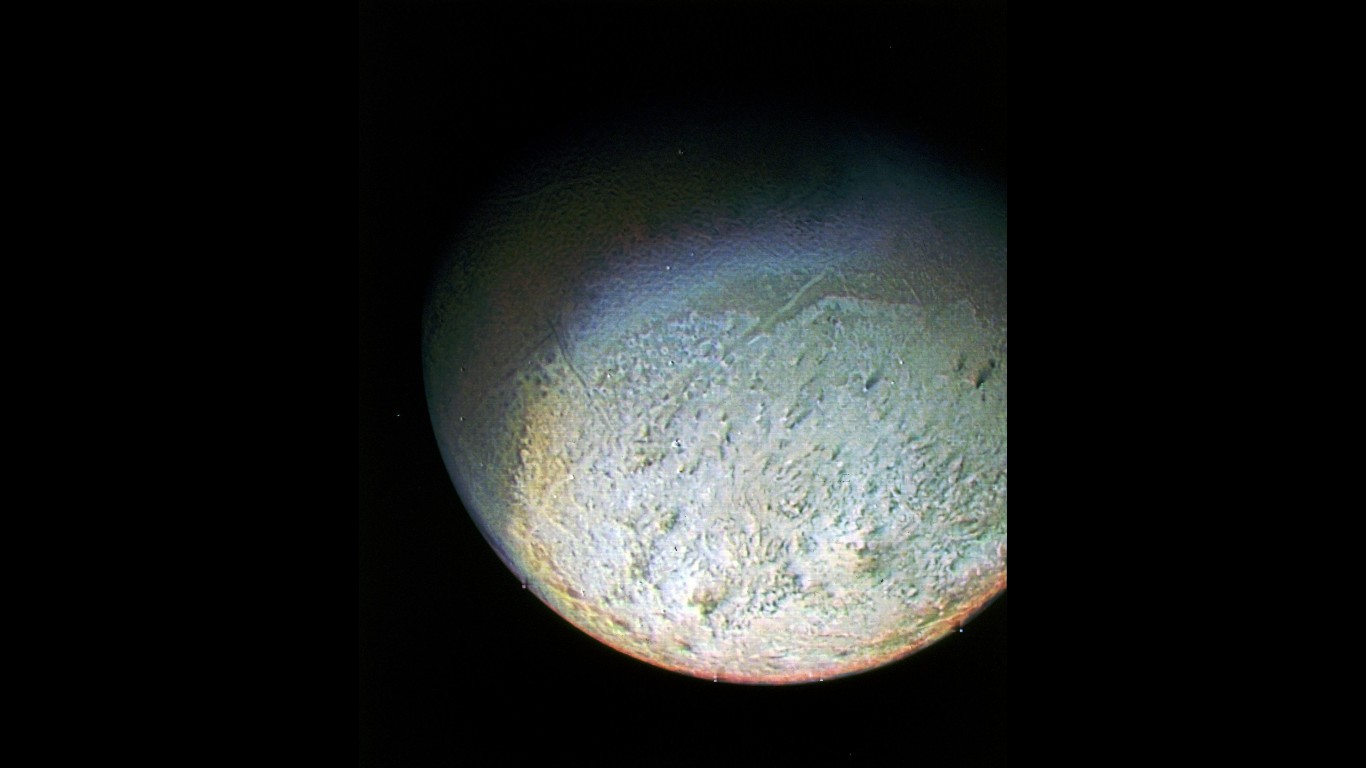
37. Detail of Triton’s surface
> Planet: Neptune
A color photo of Neptune’s large satellite Triton from 1989.

38. Neptune
> Planet: Neptune
A Voyager 2 view of Neptune.
[in-text-ad-2]
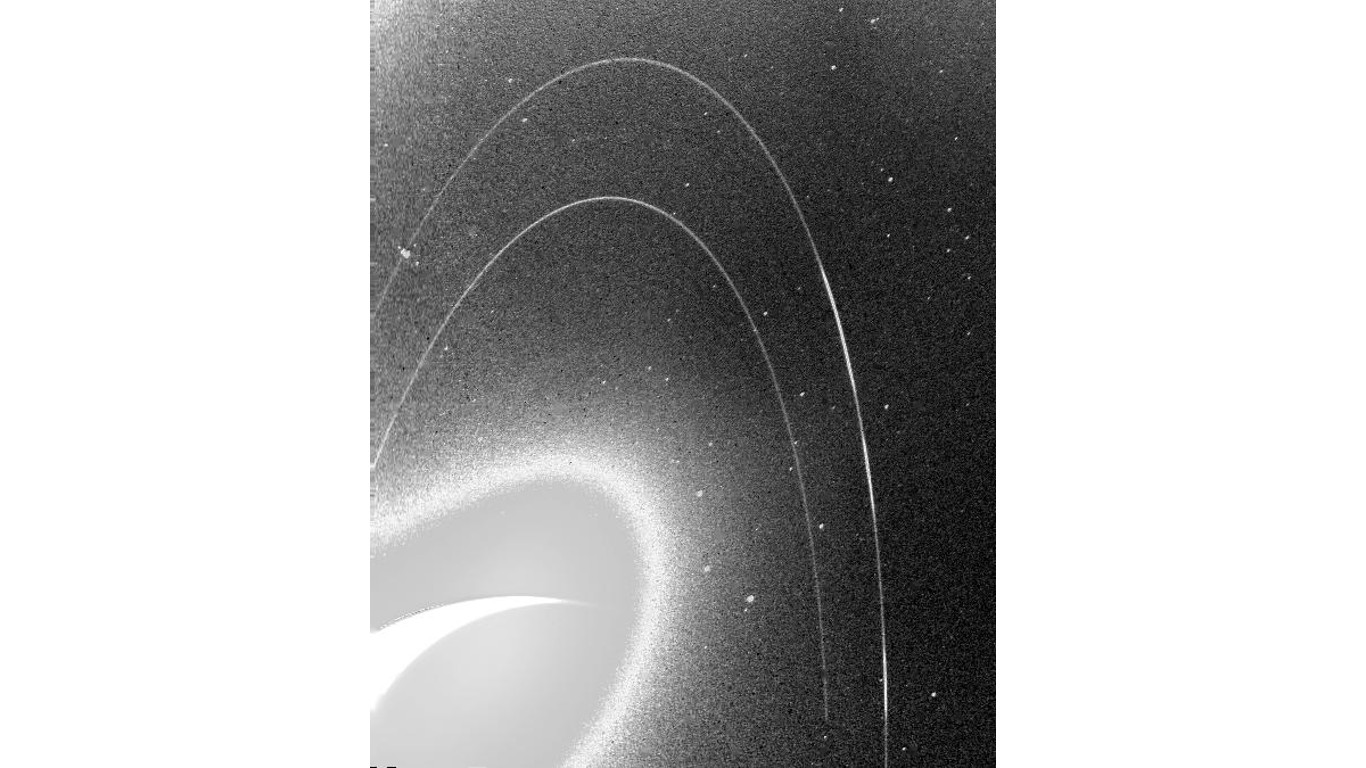
39. Neptune’s Rings
> Planet: Neptune
This 1999 image was the first to show Neptune’s rings.
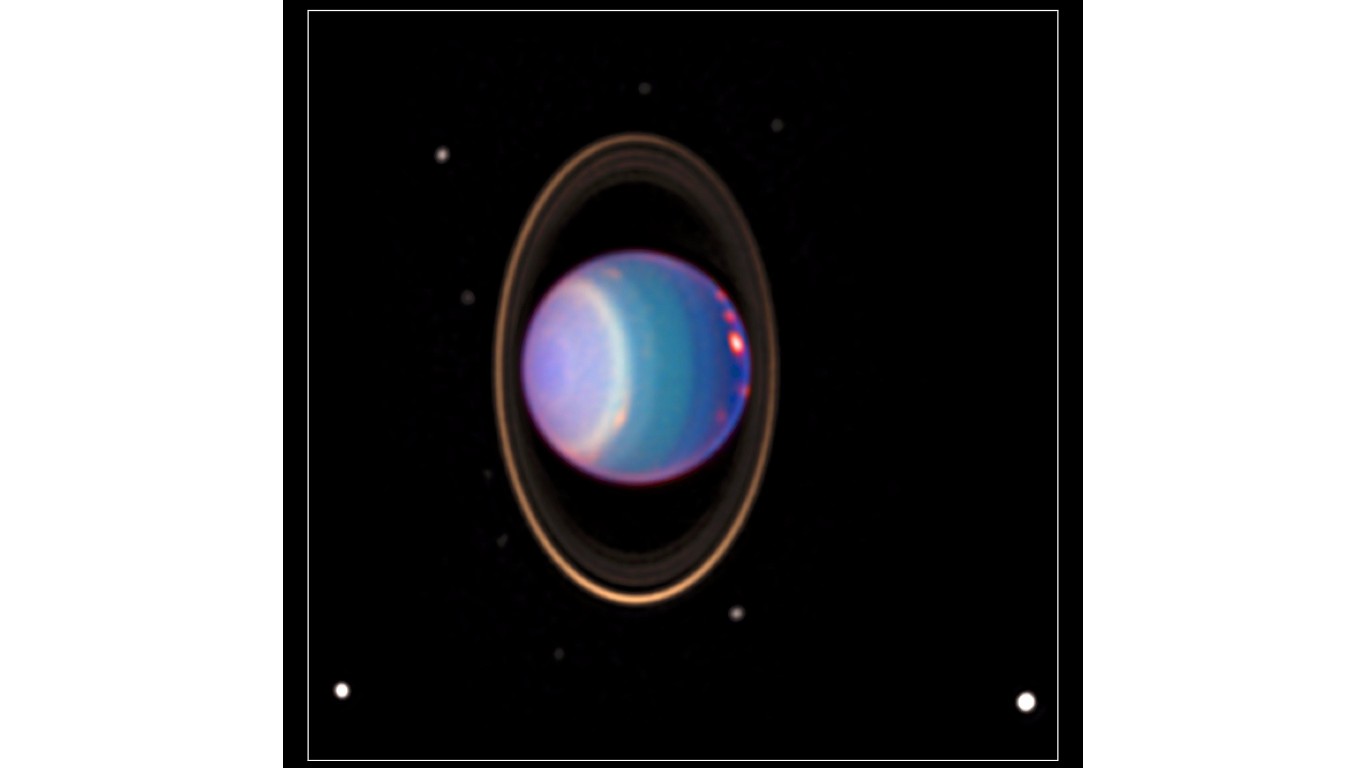
40. Hubble finds many bright clouds on Uranus
> Planet: Uranus
Uranus is surrounded by its four major rings and by 10 of its 17 known satellites.
[in-text-ad]
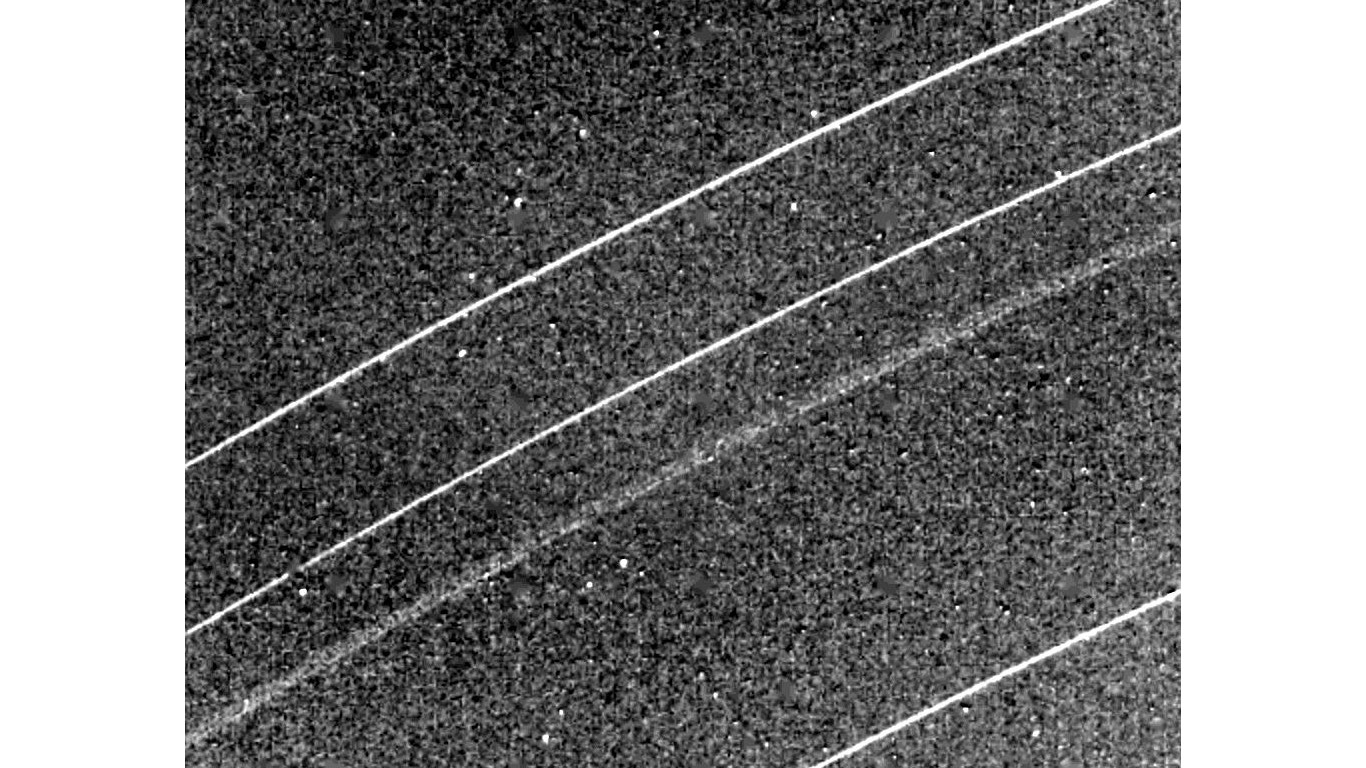
41. Rings of Uranus
> Planet: Uranus
This Voyager 2 image shows the Uranian rings Delta, Gamma, Eta, Beta and Alpha.
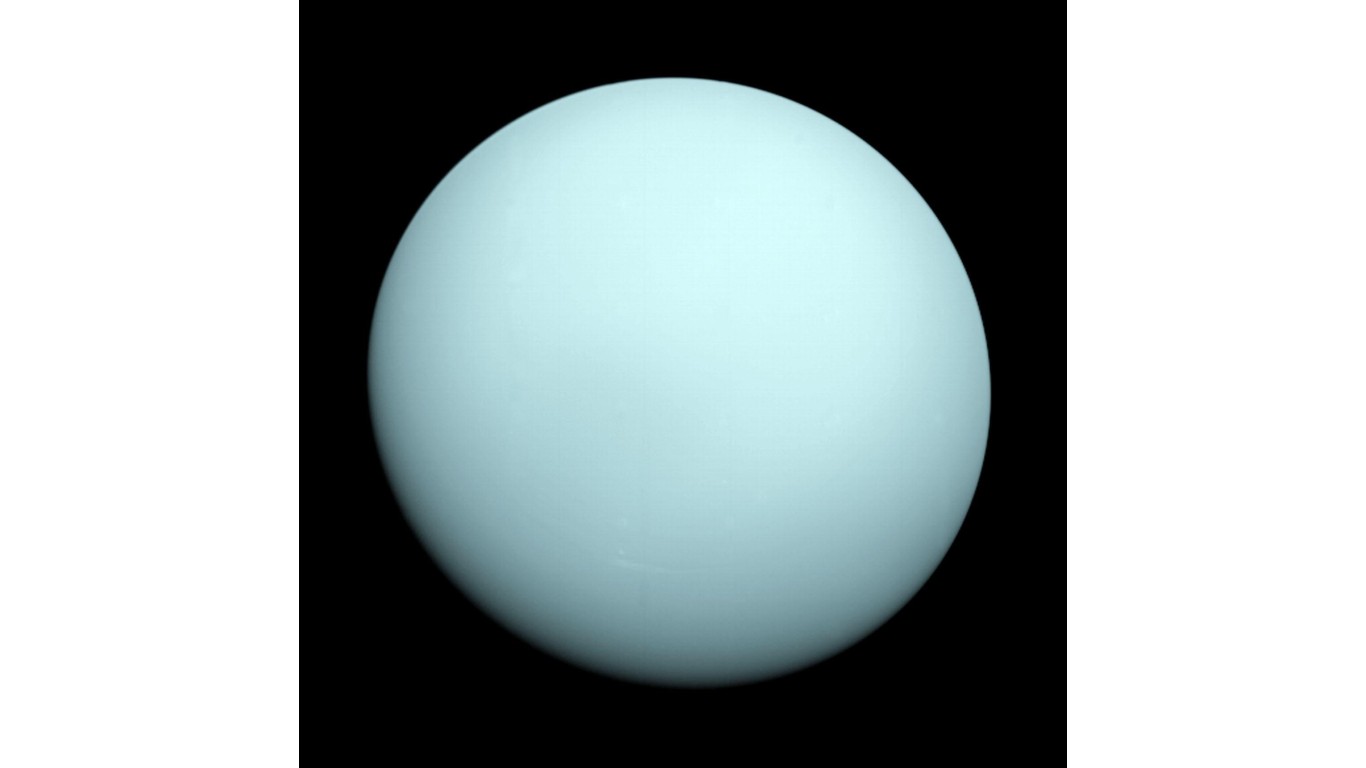
42. Uranus as seen by NASA’s Voyager 2
> Planet: Uranus
An image of Uranus taken by Voyager 2 from approximately 7.8 million miles.
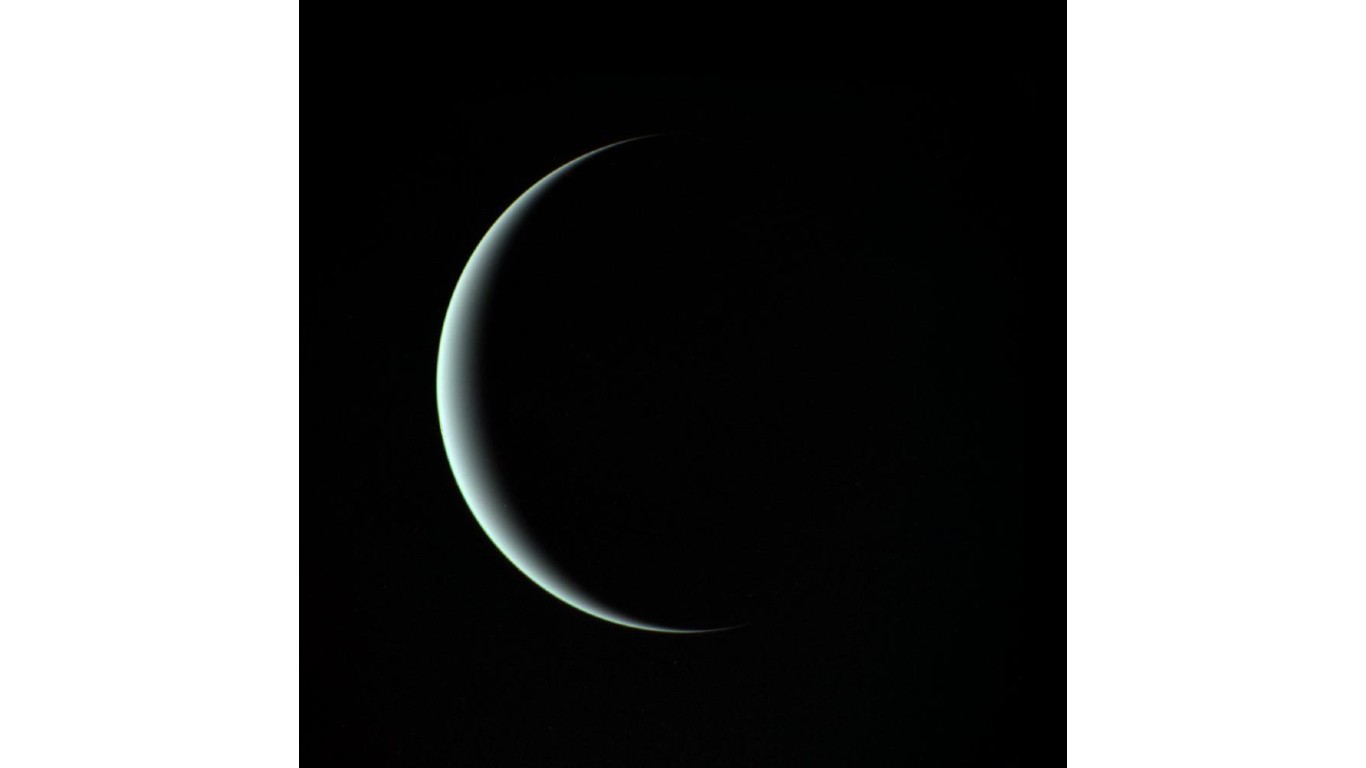
43. Uranus
> Planet: Uranus
An image of Uranus shaded by the sun.
[in-text-ad-2]

44. Uranus Rings in False Color
> Planet: Uranus
Six 15-second narrow-angle images were used to extract color information from the extremely dark and faint rings around Uranus.
100 Million Americans Are Missing This Crucial Retirement Tool
The thought of burdening your family with a financial disaster is most Americans’ nightmare. However, recent studies show that over 100 million Americans still don’t have proper life insurance in the event they pass away.
Life insurance can bring peace of mind – ensuring your loved ones are safeguarded against unforeseen expenses and debts. With premiums often lower than expected and a variety of plans tailored to different life stages and health conditions, securing a policy is more accessible than ever.
A quick, no-obligation quote can provide valuable insight into what’s available and what might best suit your family’s needs. Life insurance is a simple step you can take today to help secure peace of mind for your loved ones tomorrow.
Click here to learn how to get a quote in just a few minutes.
Thank you for reading! Have some feedback for us?
Contact the 24/7 Wall St. editorial team.
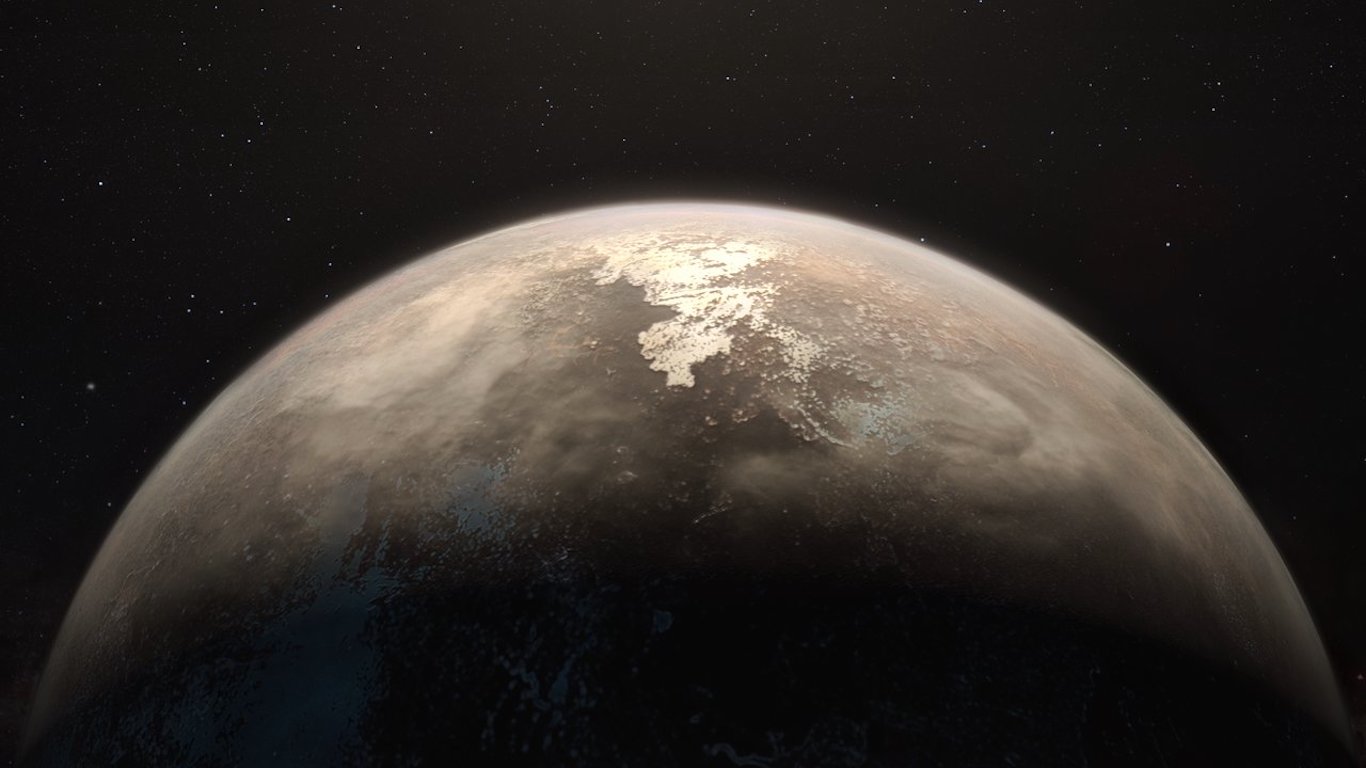 24/7 Wall St.
24/7 Wall St.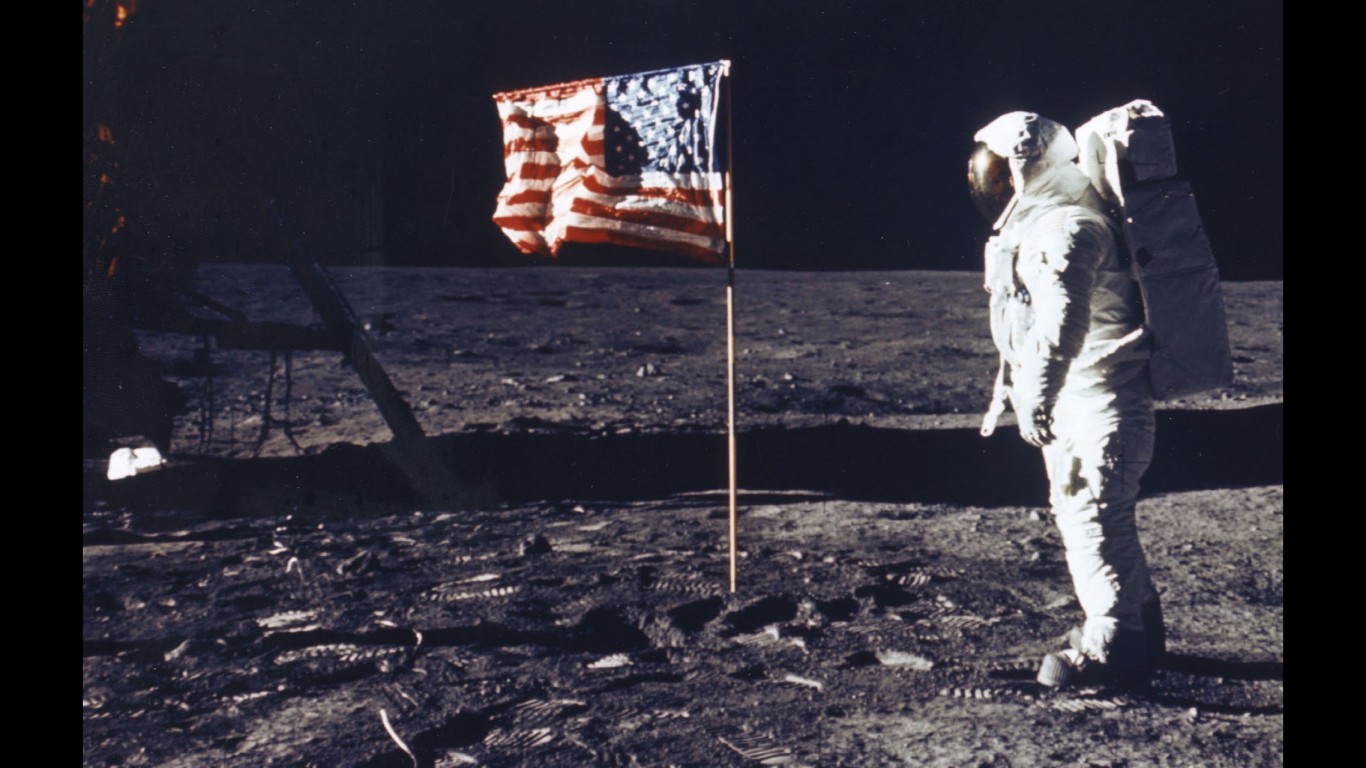 24/7 Wall St.
24/7 Wall St. 24/7 Wall St.
24/7 Wall St.
